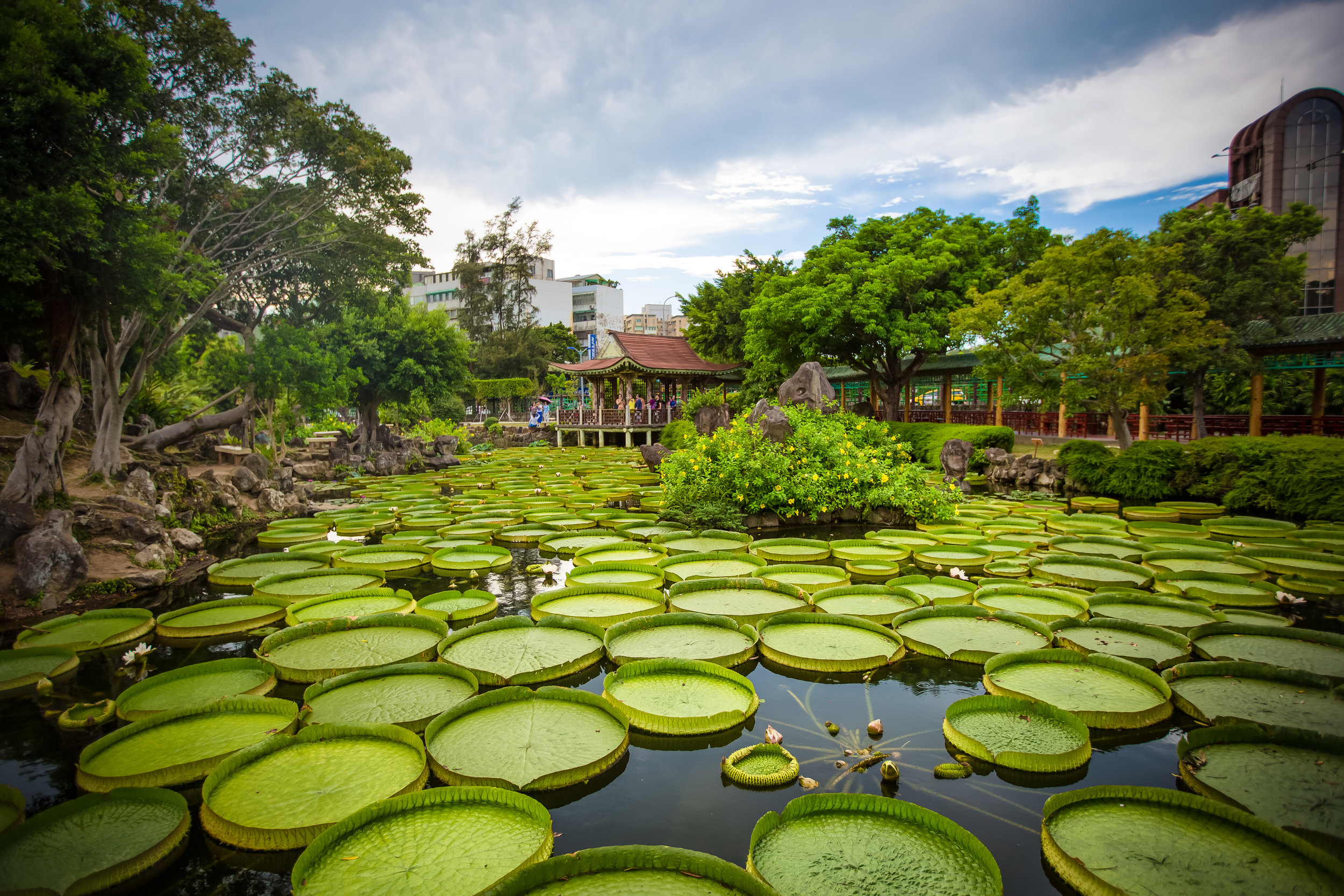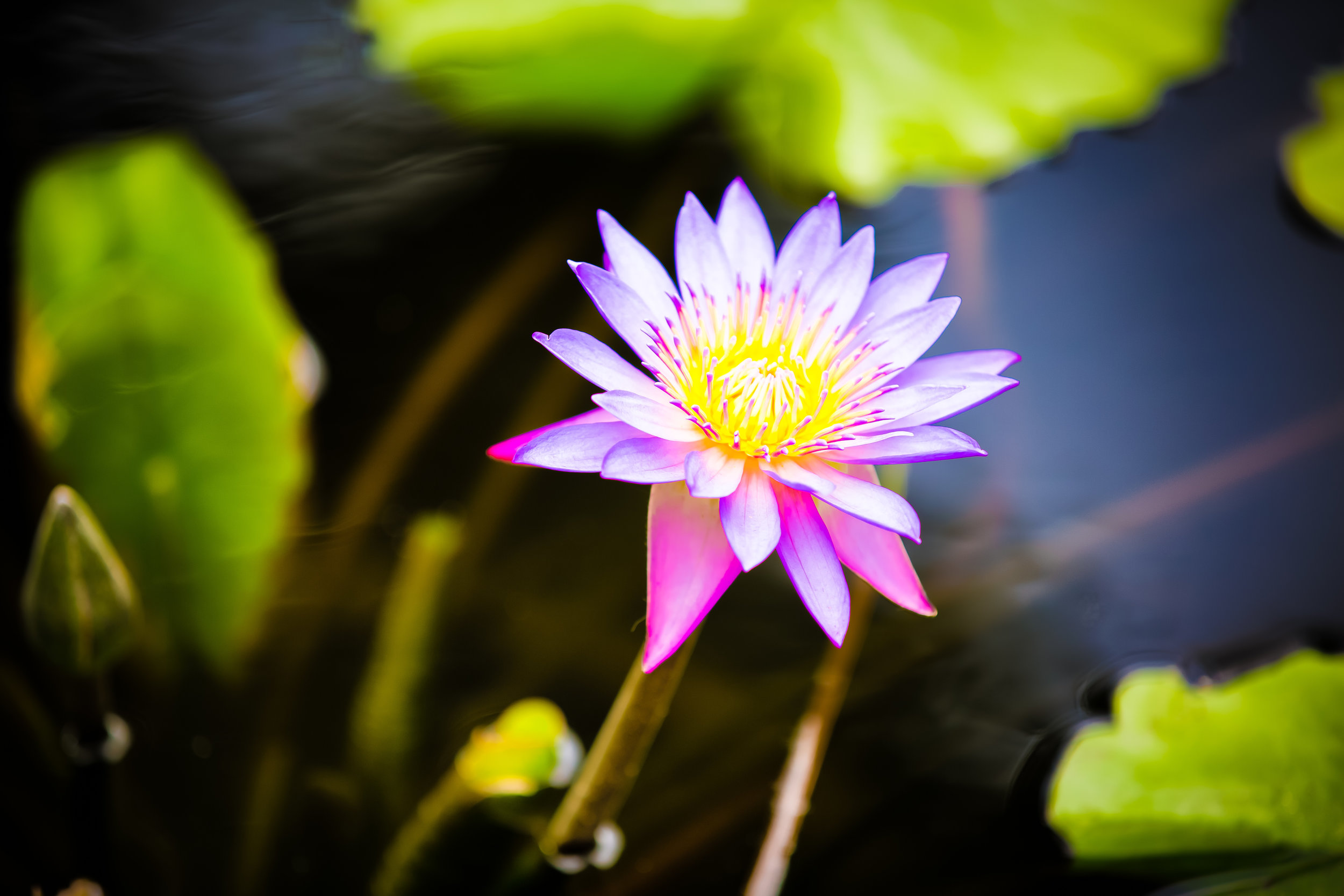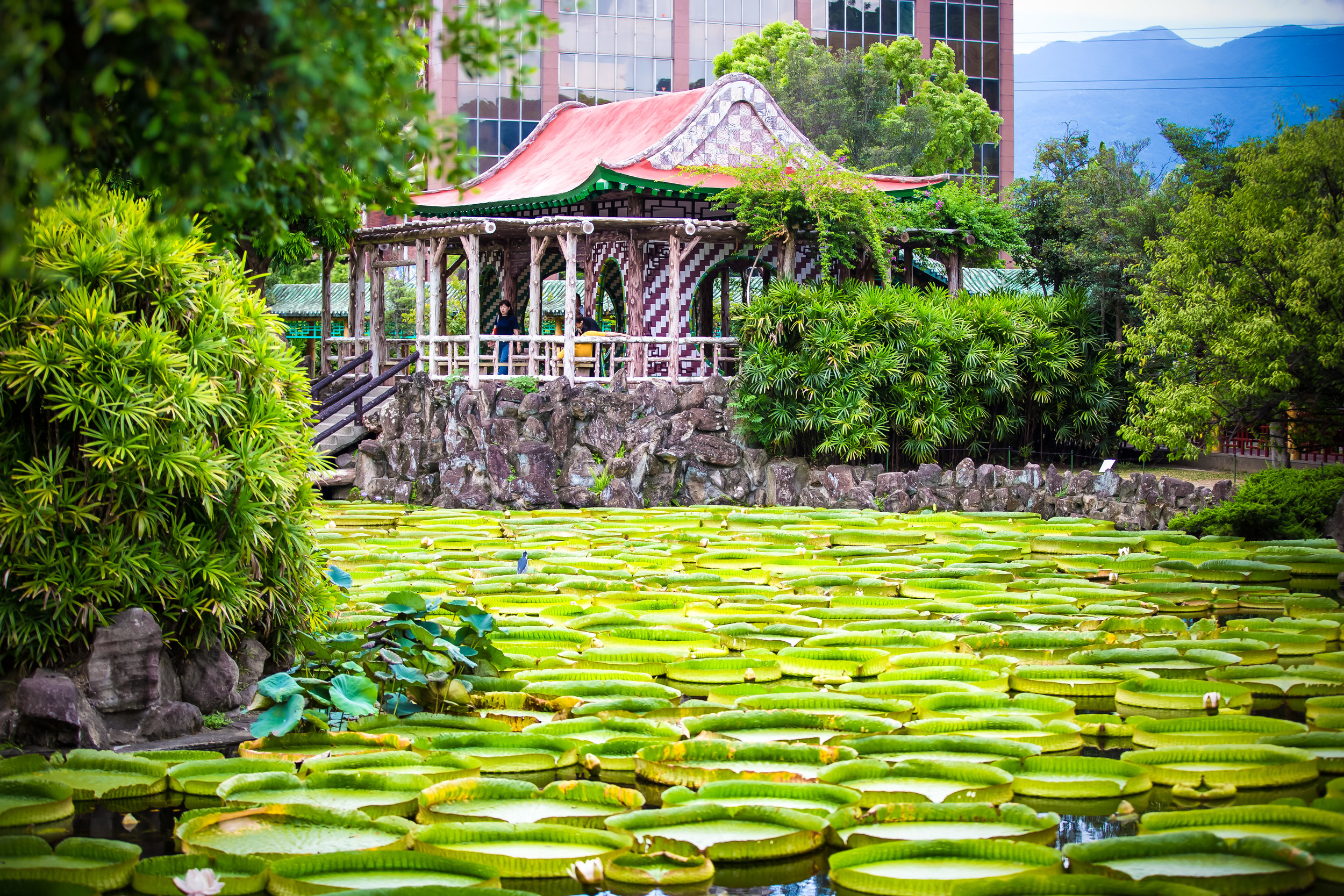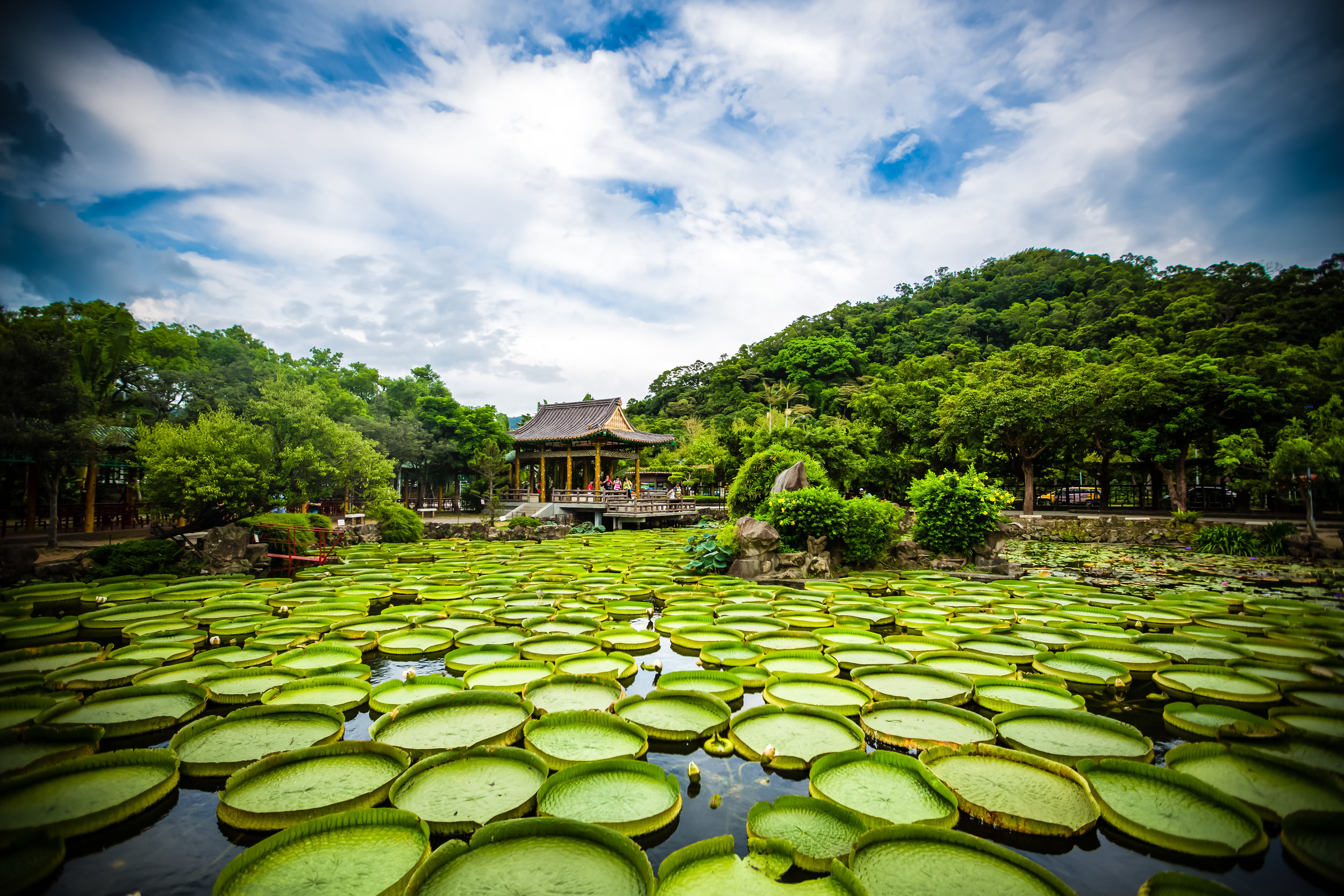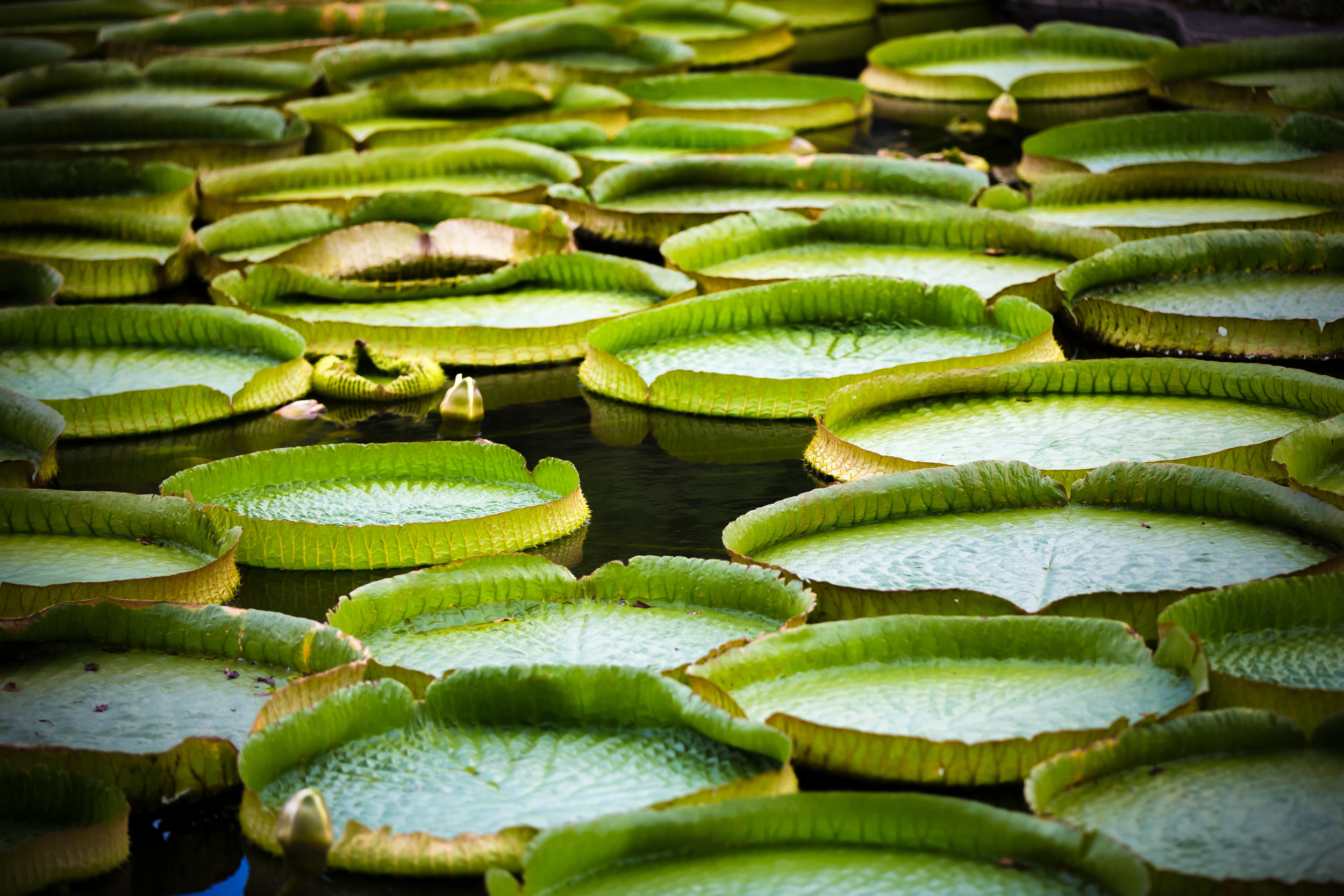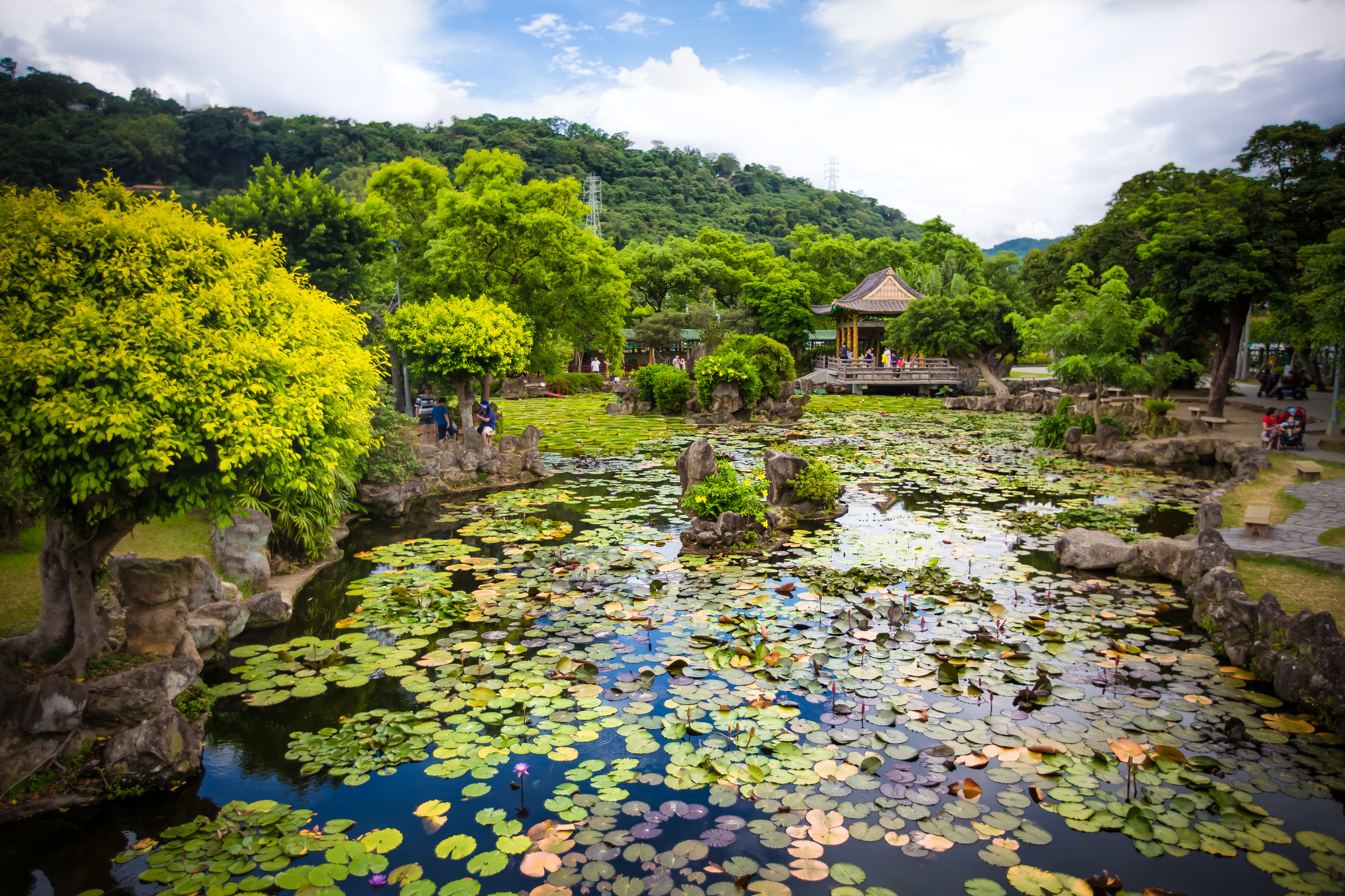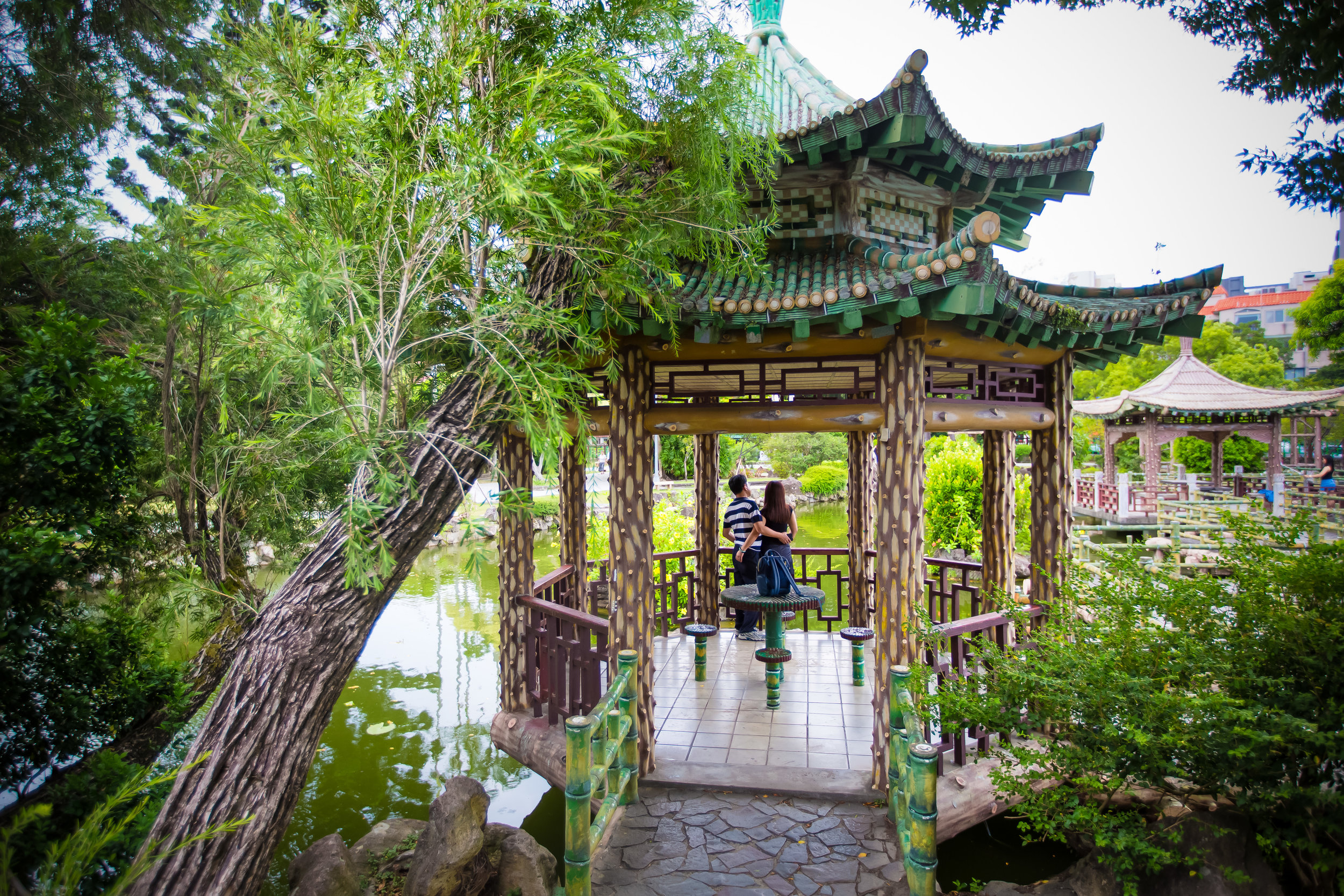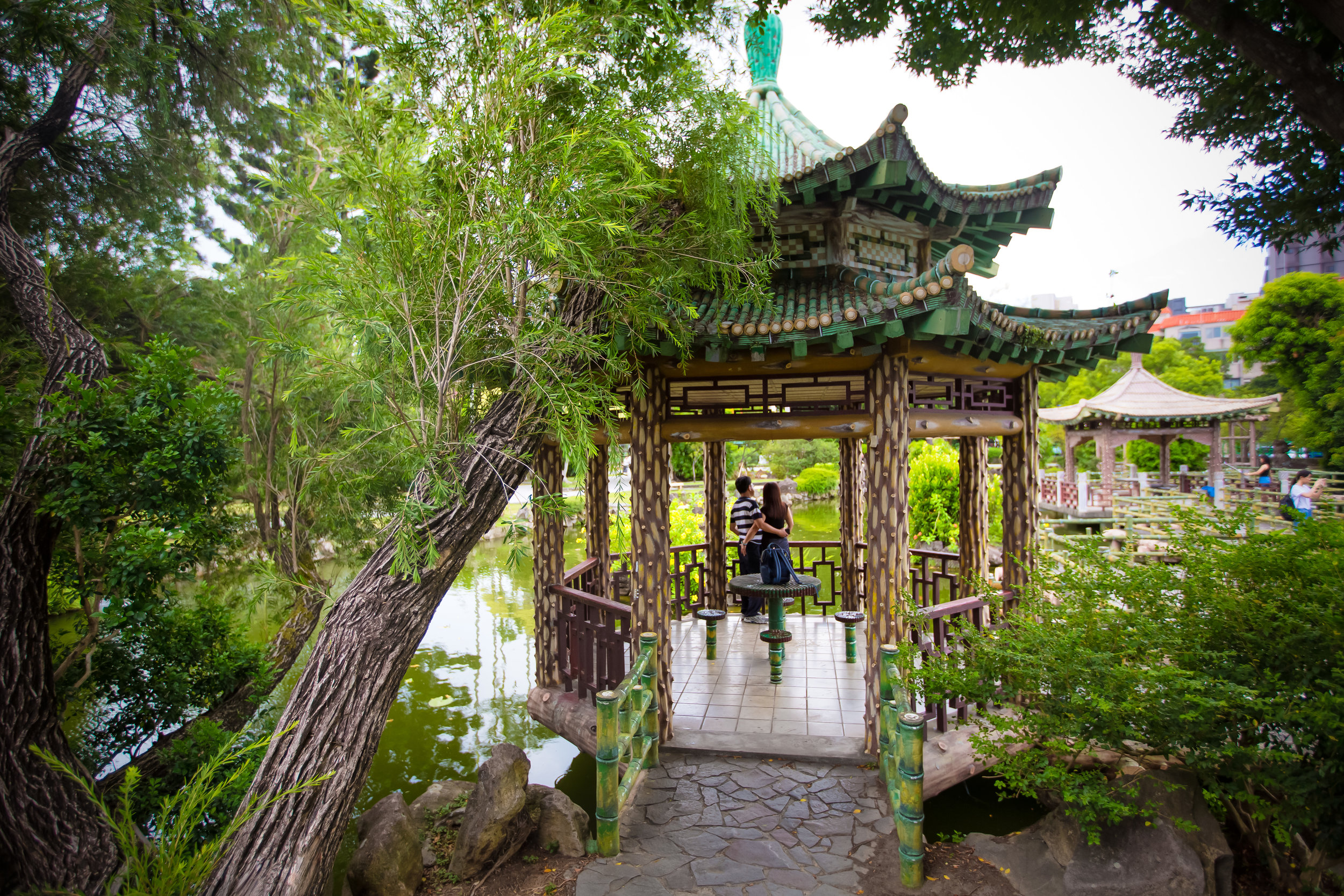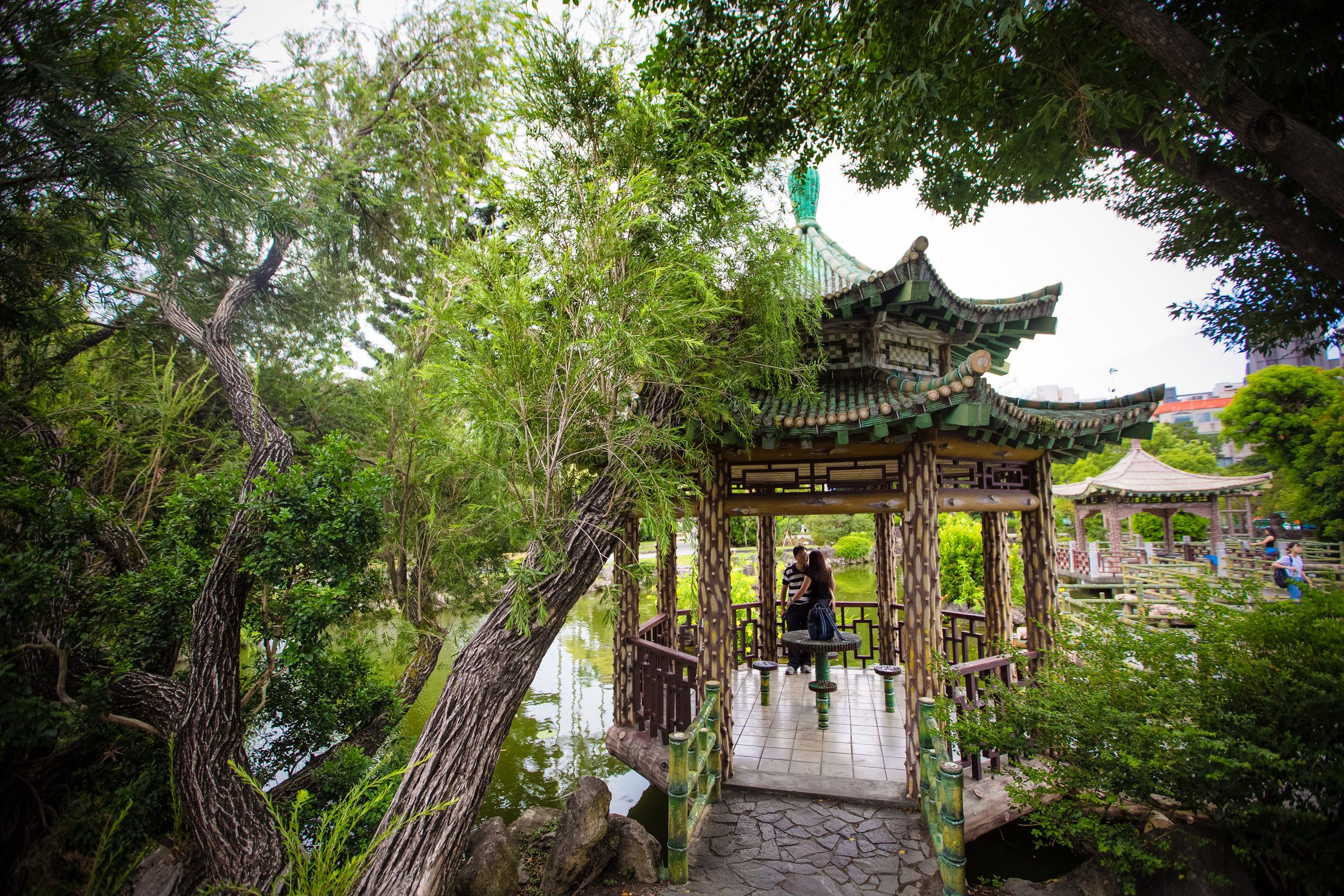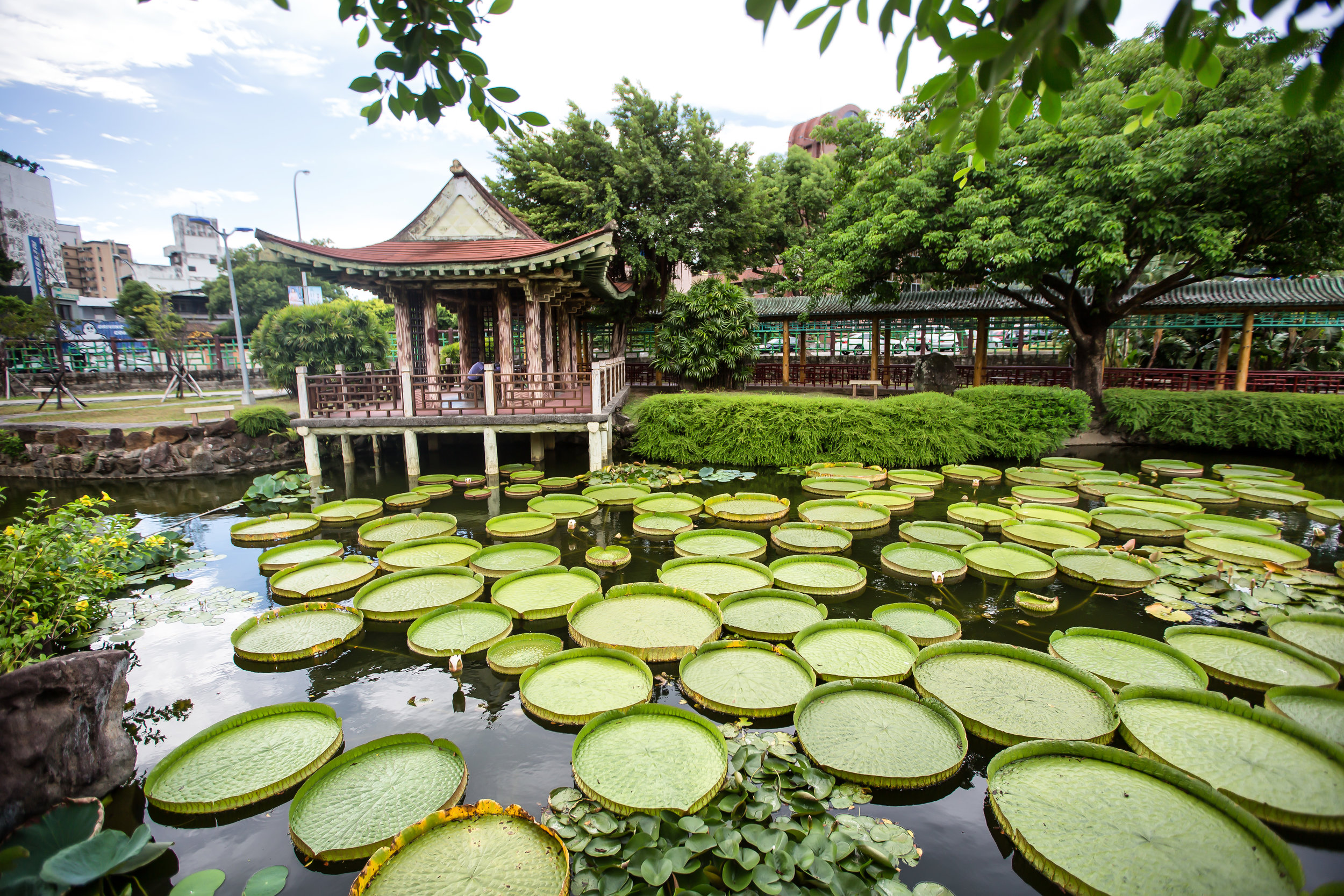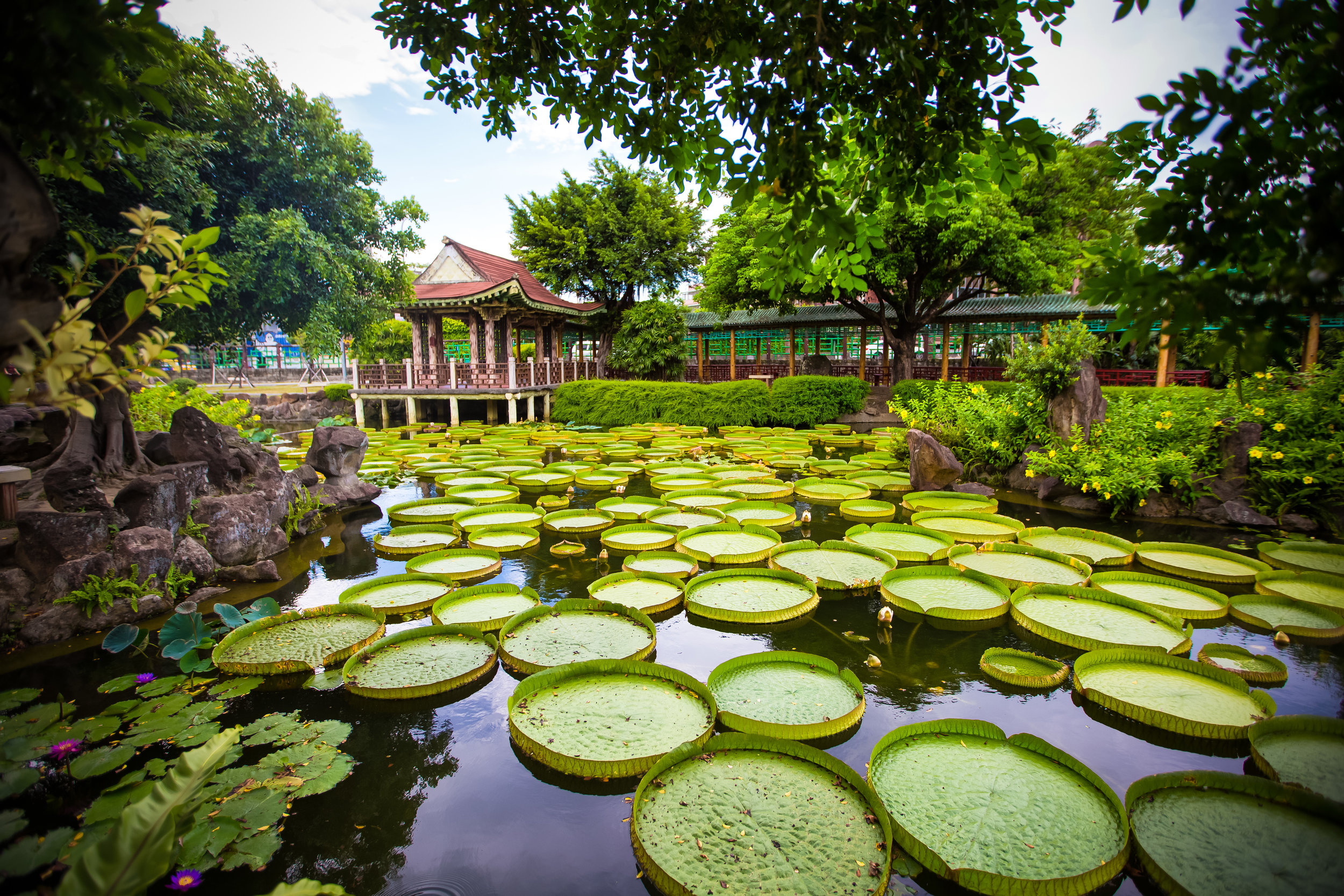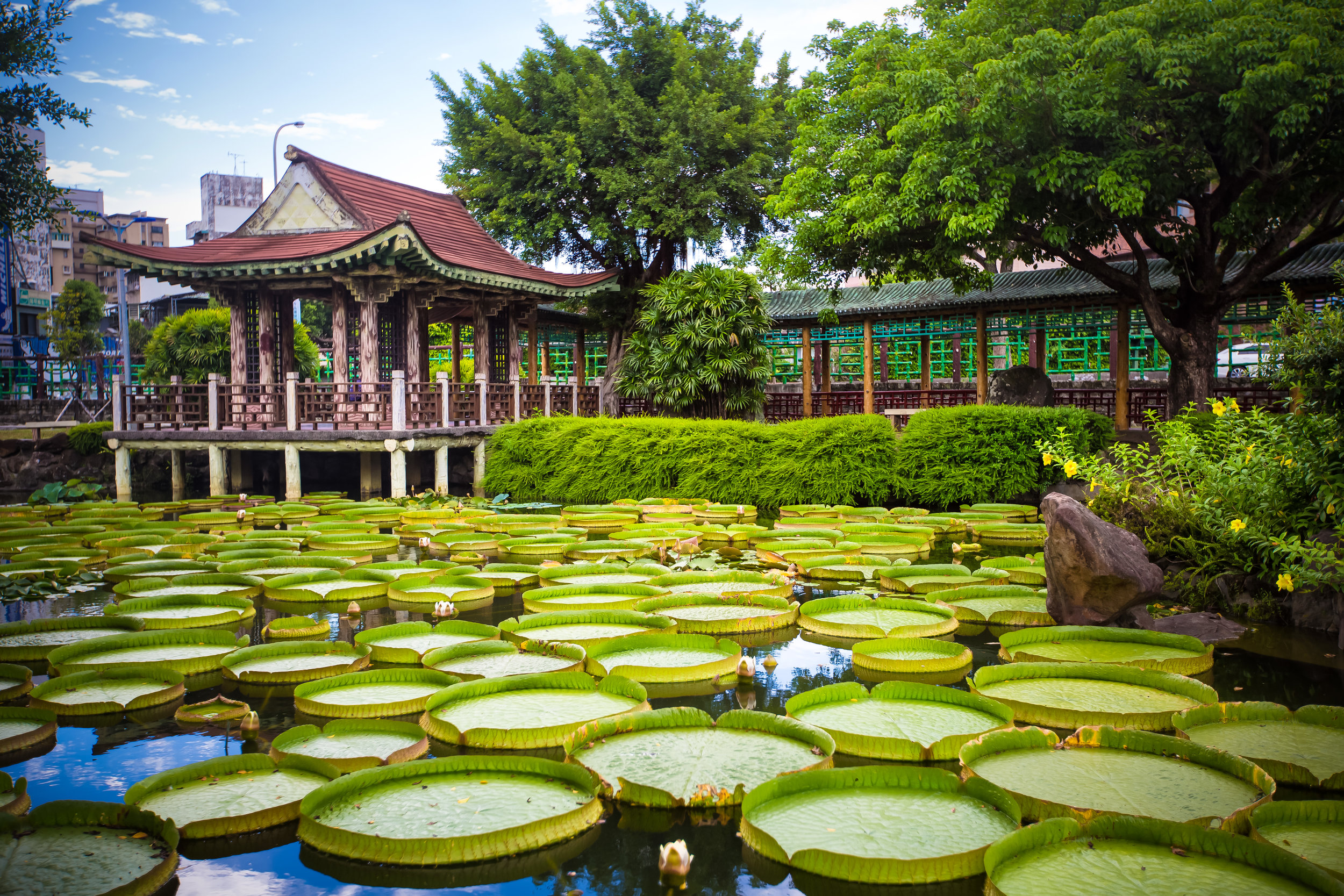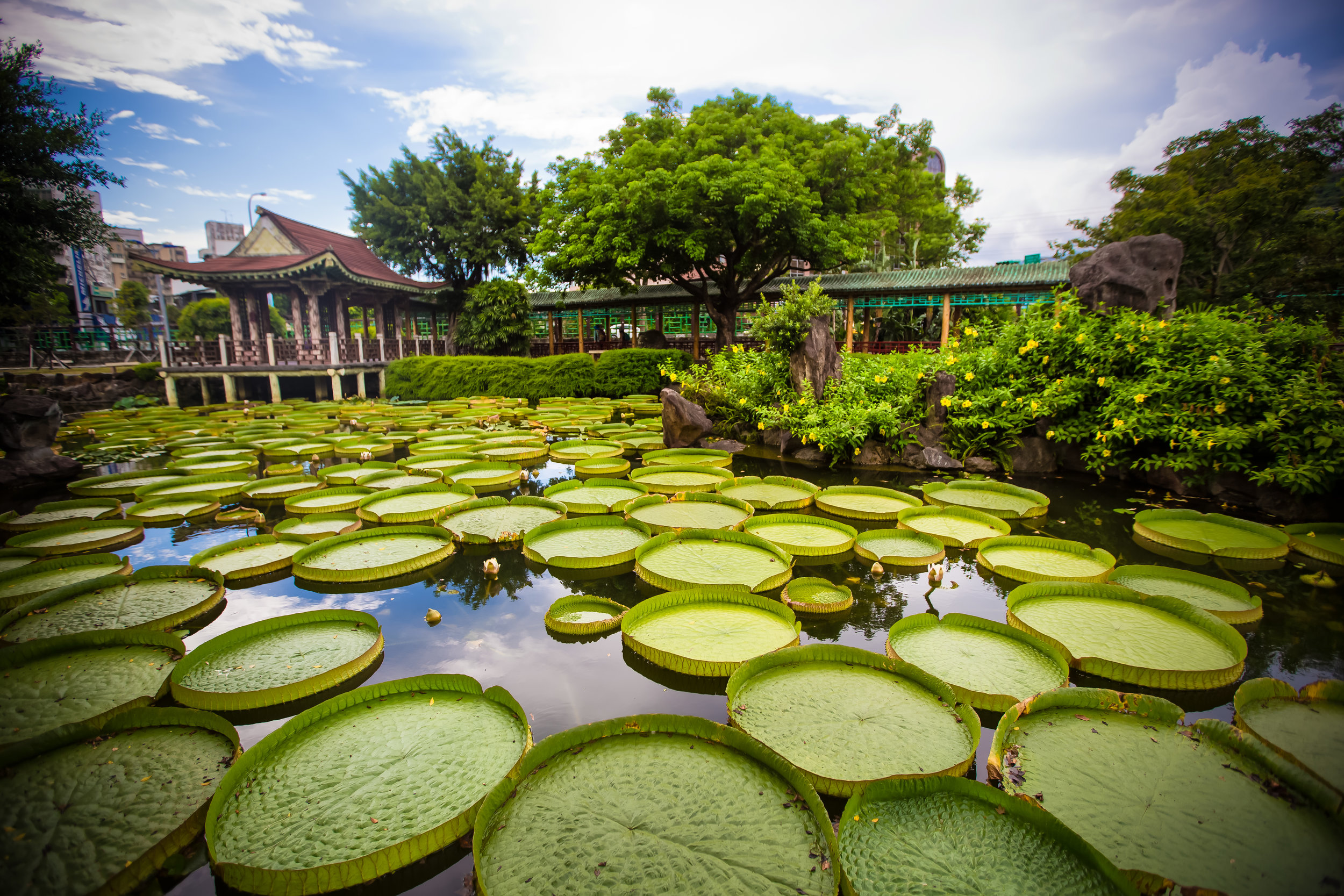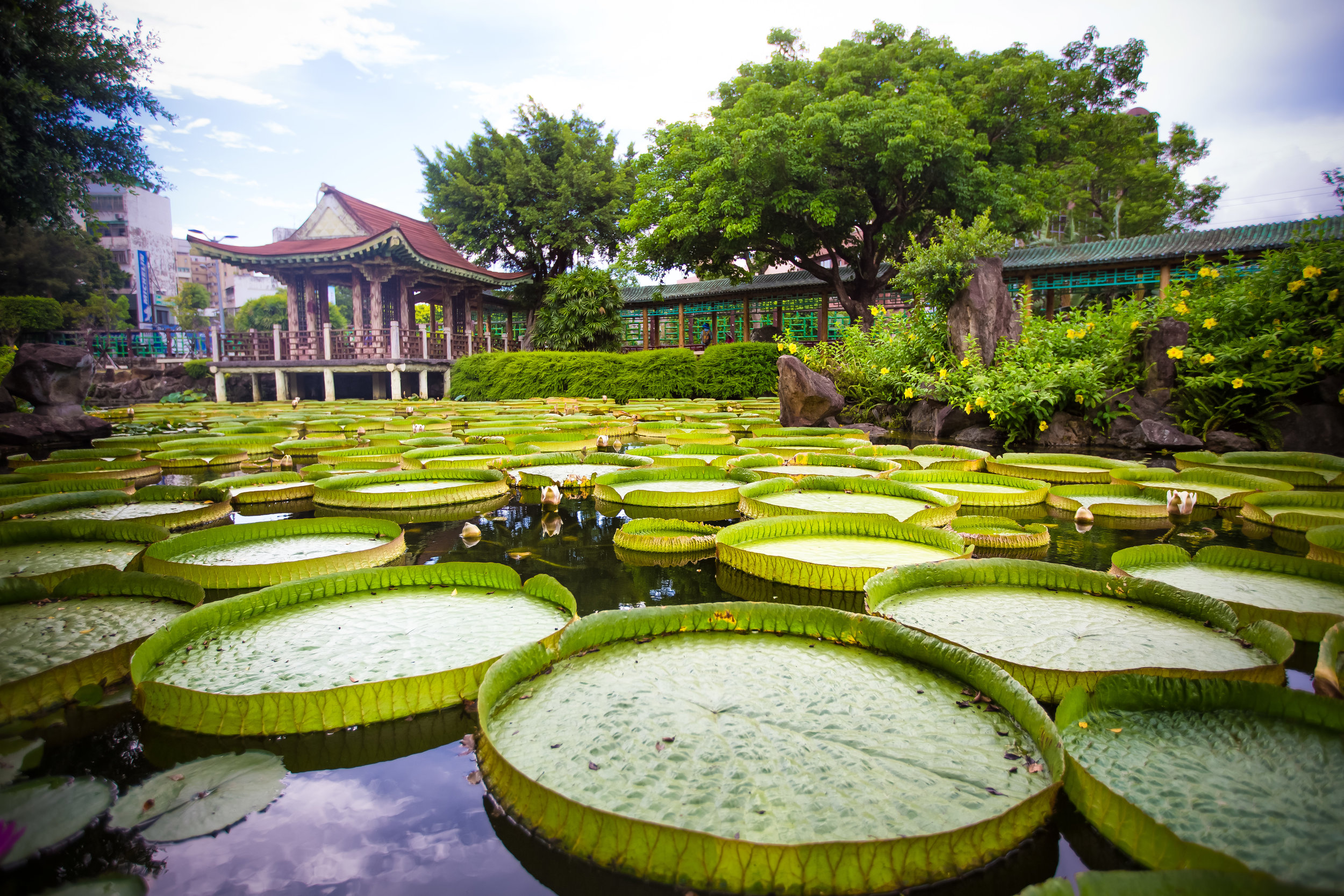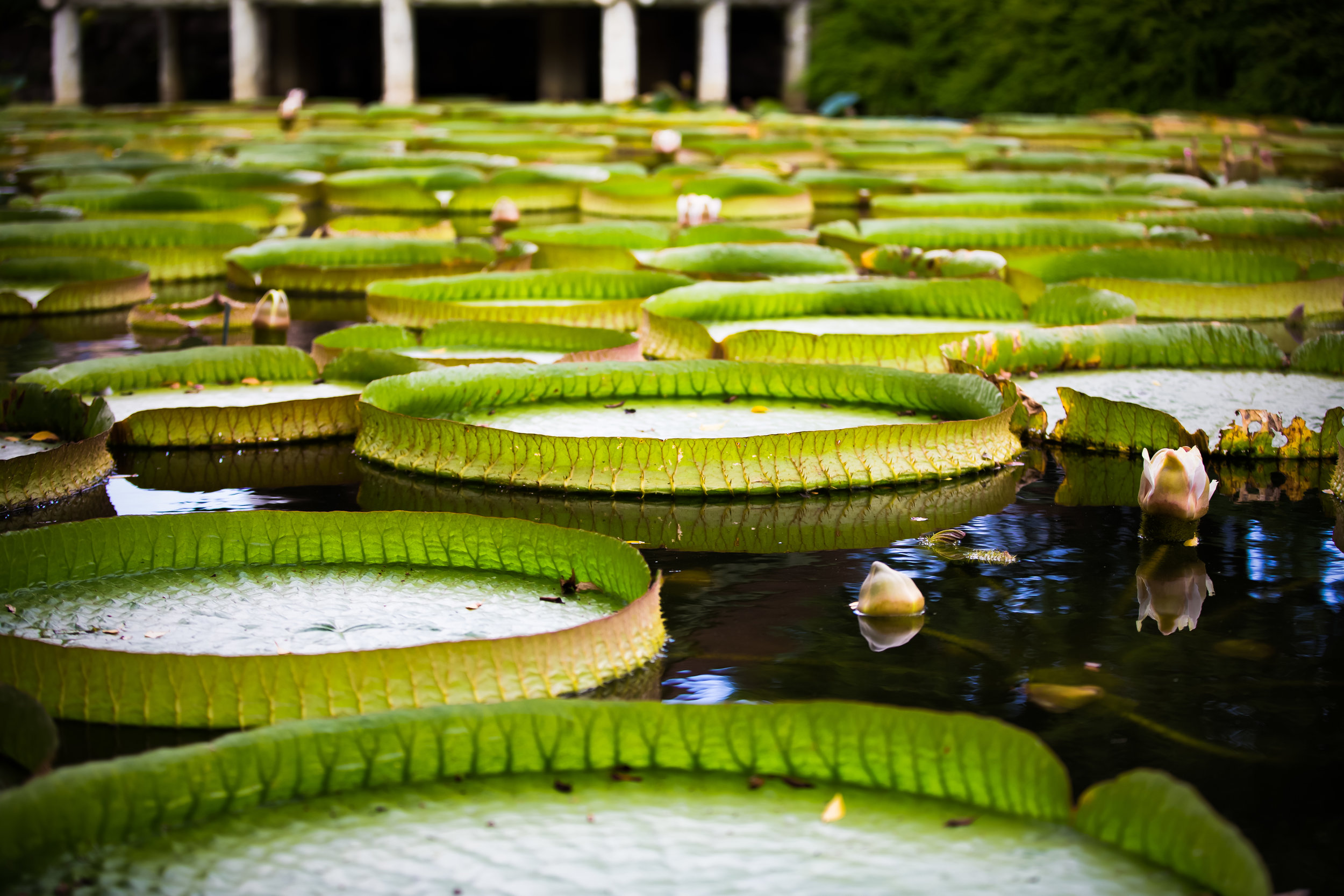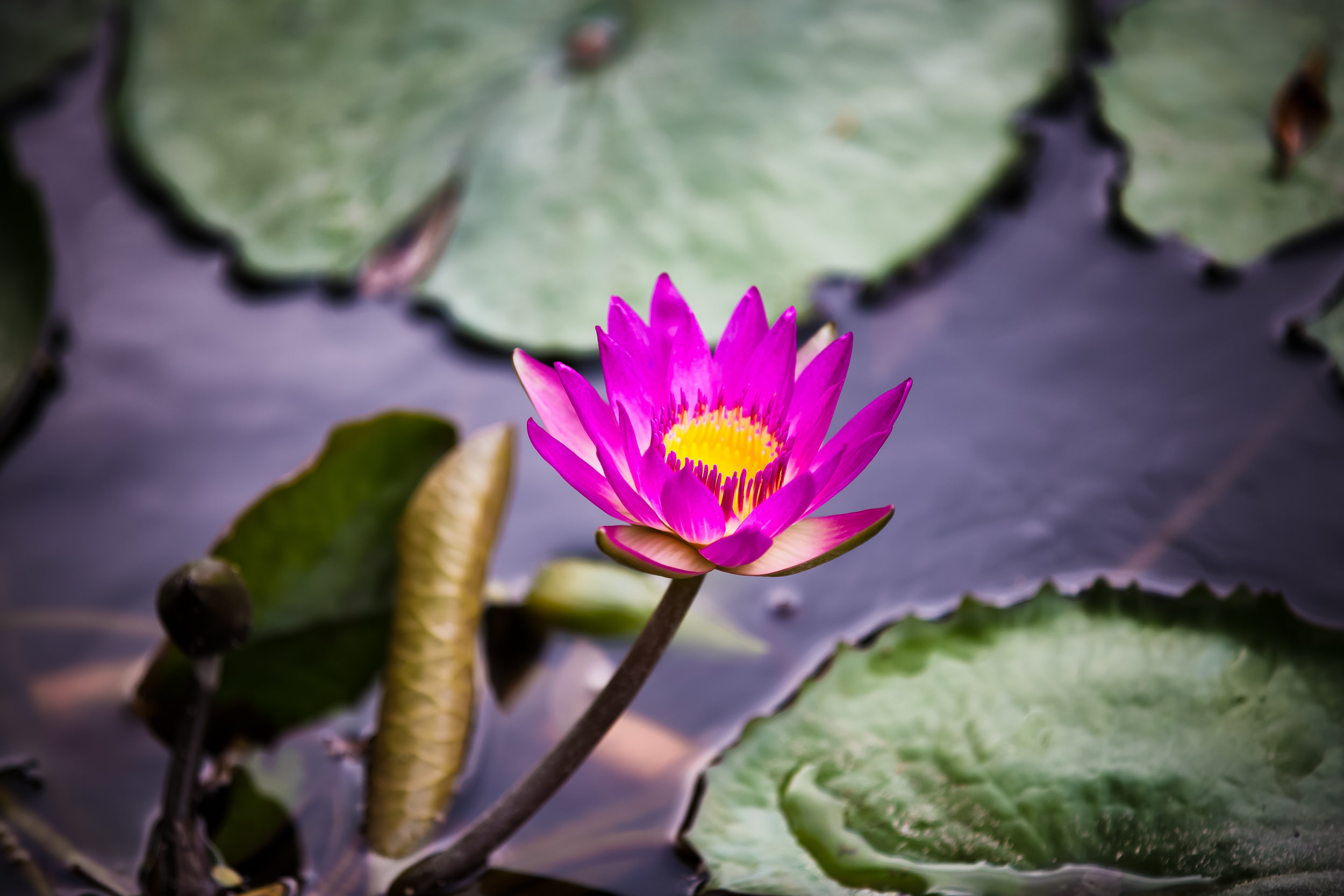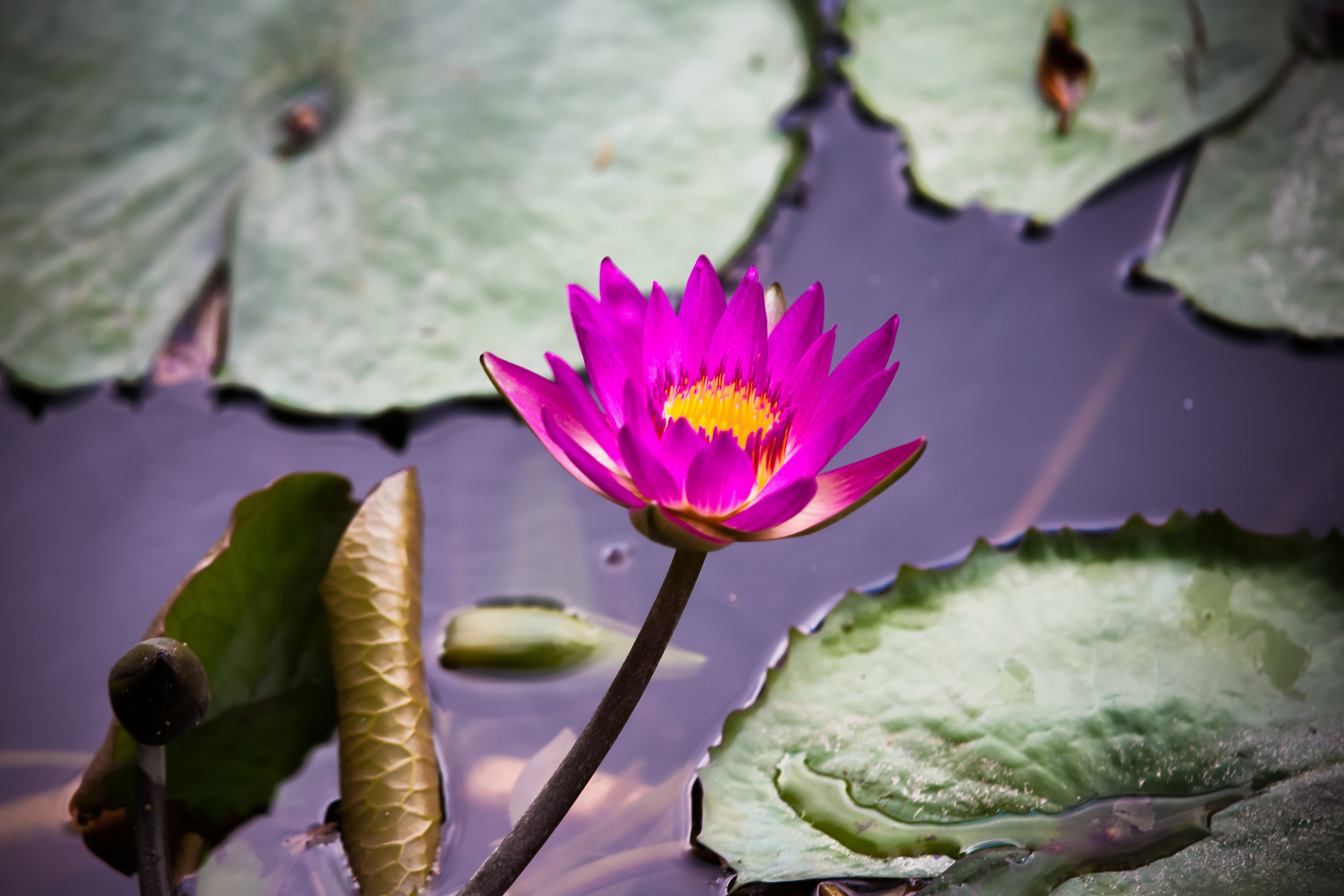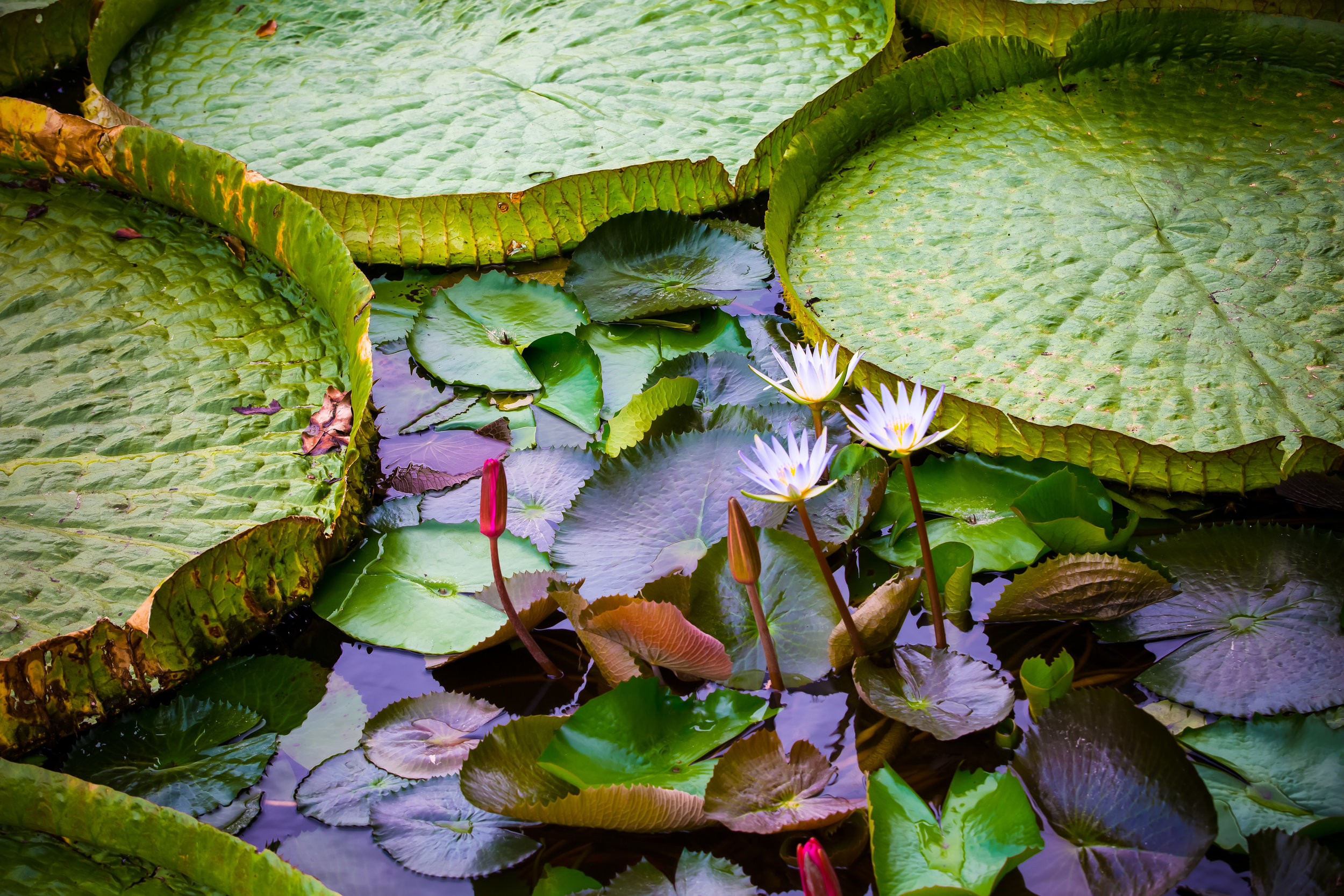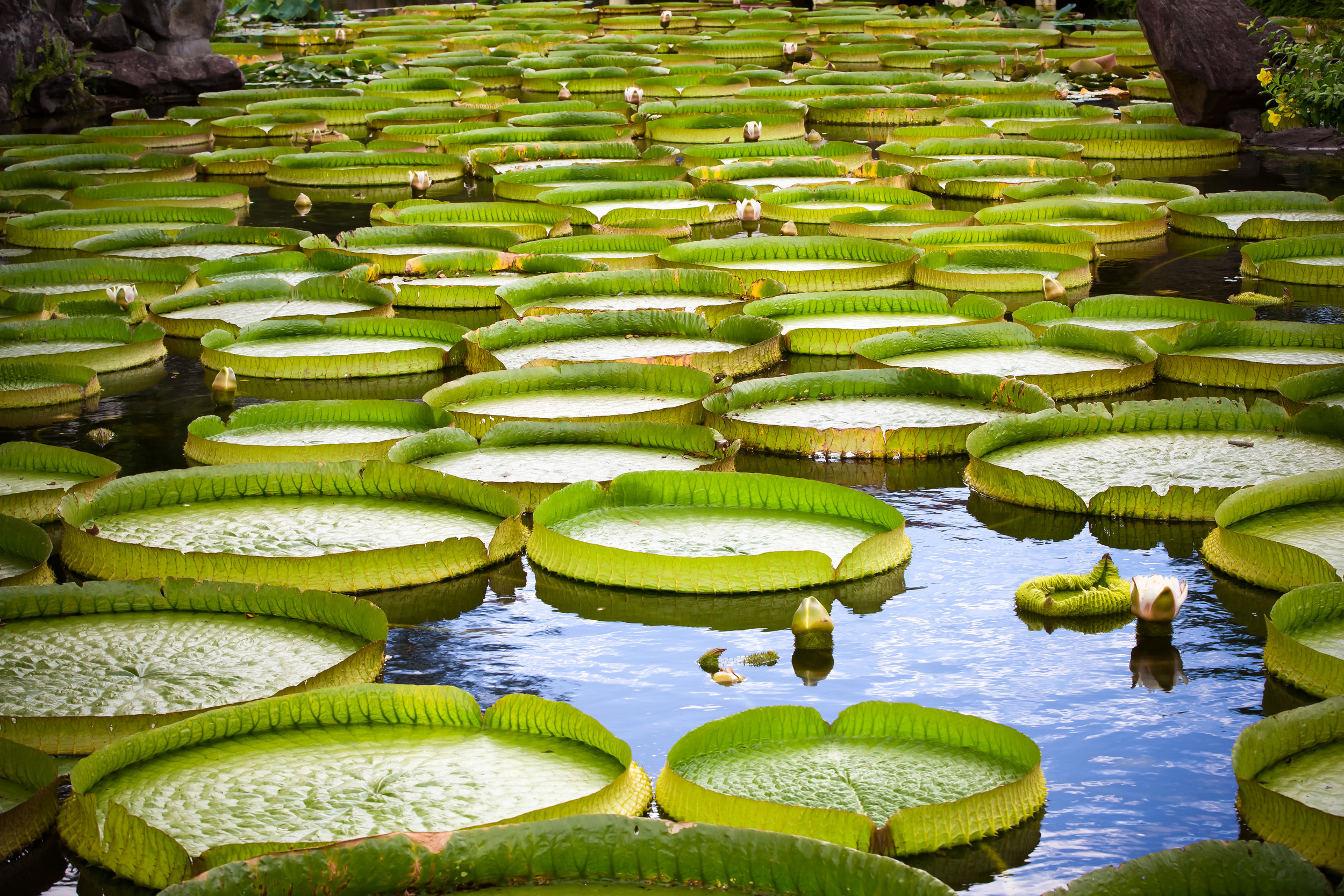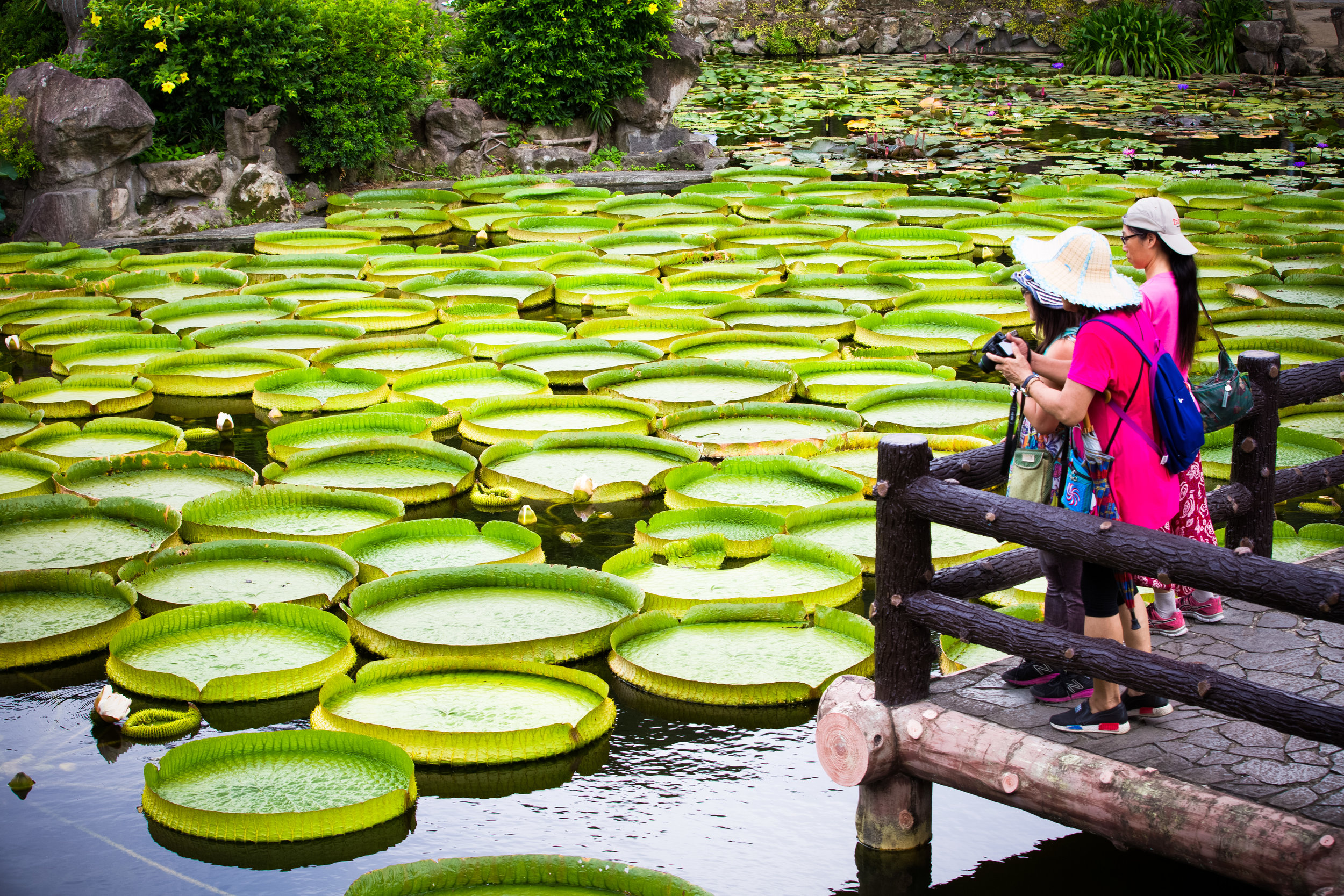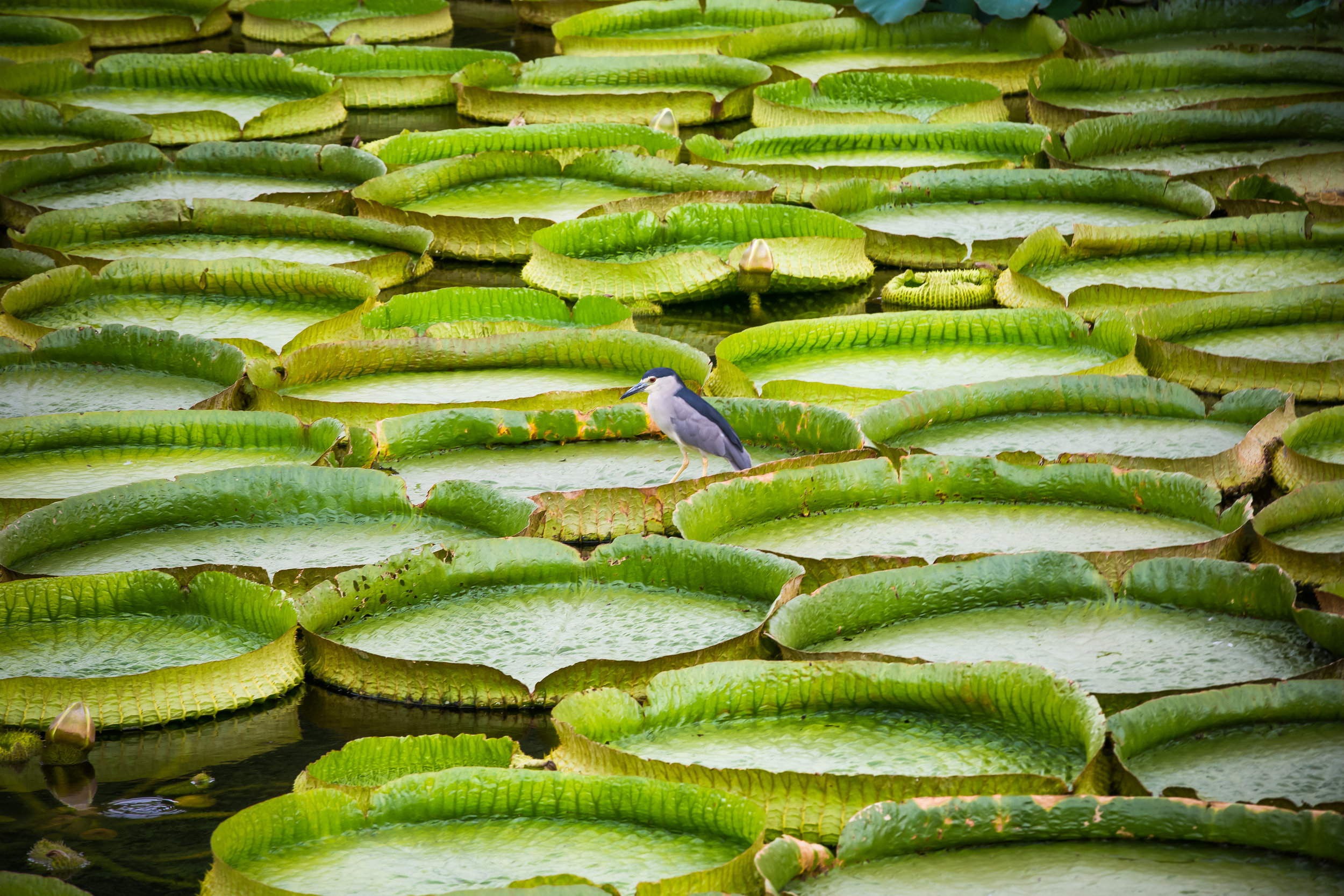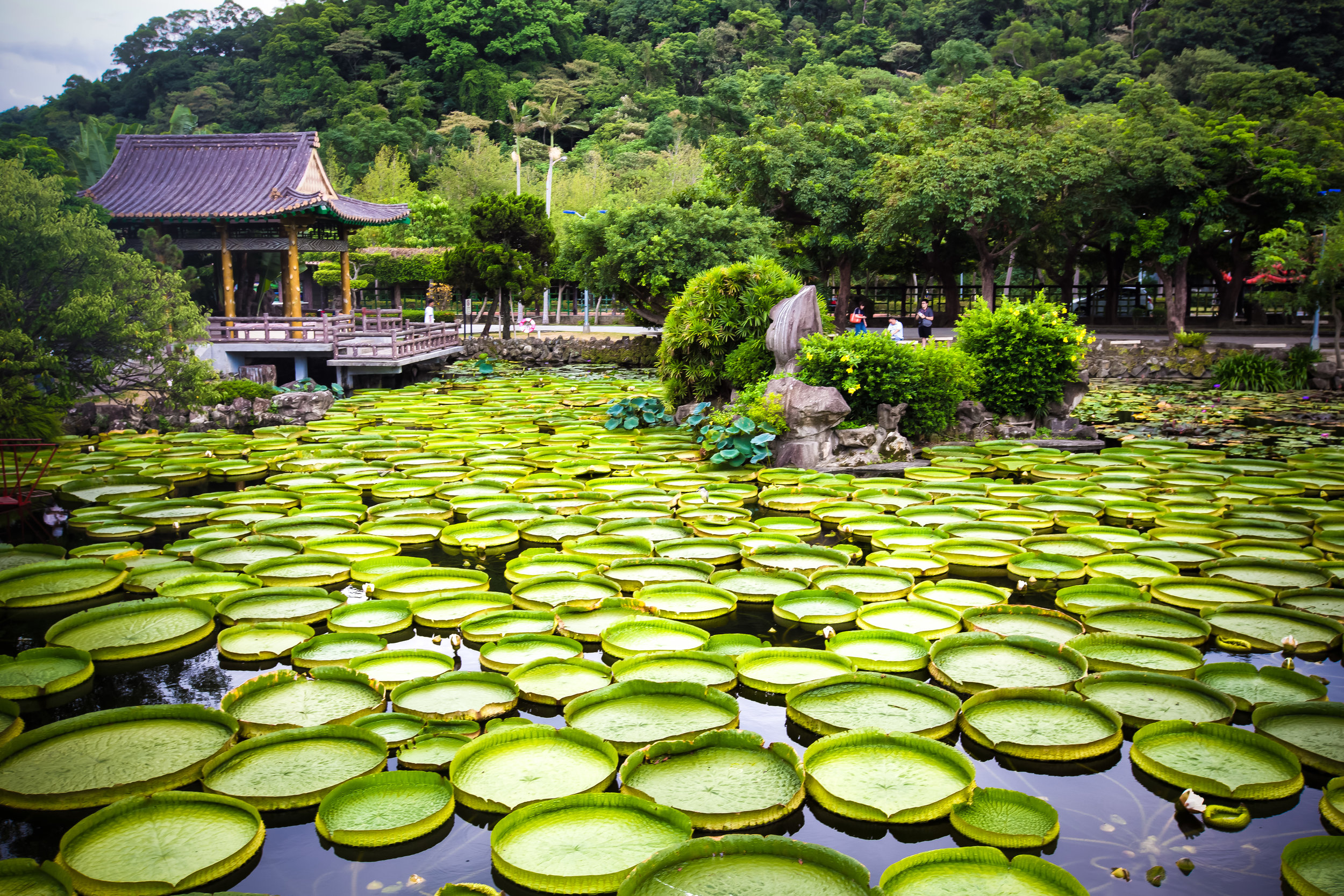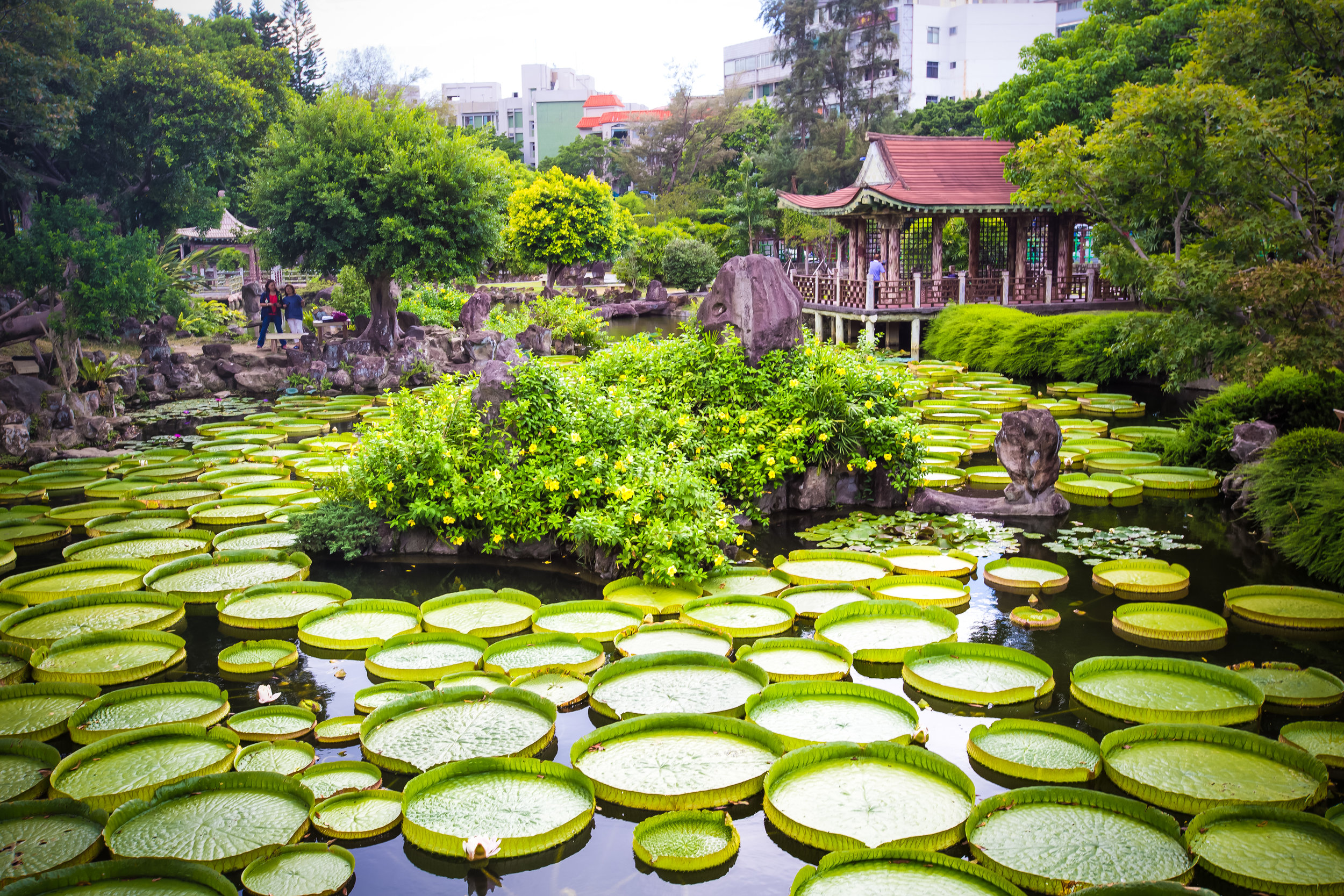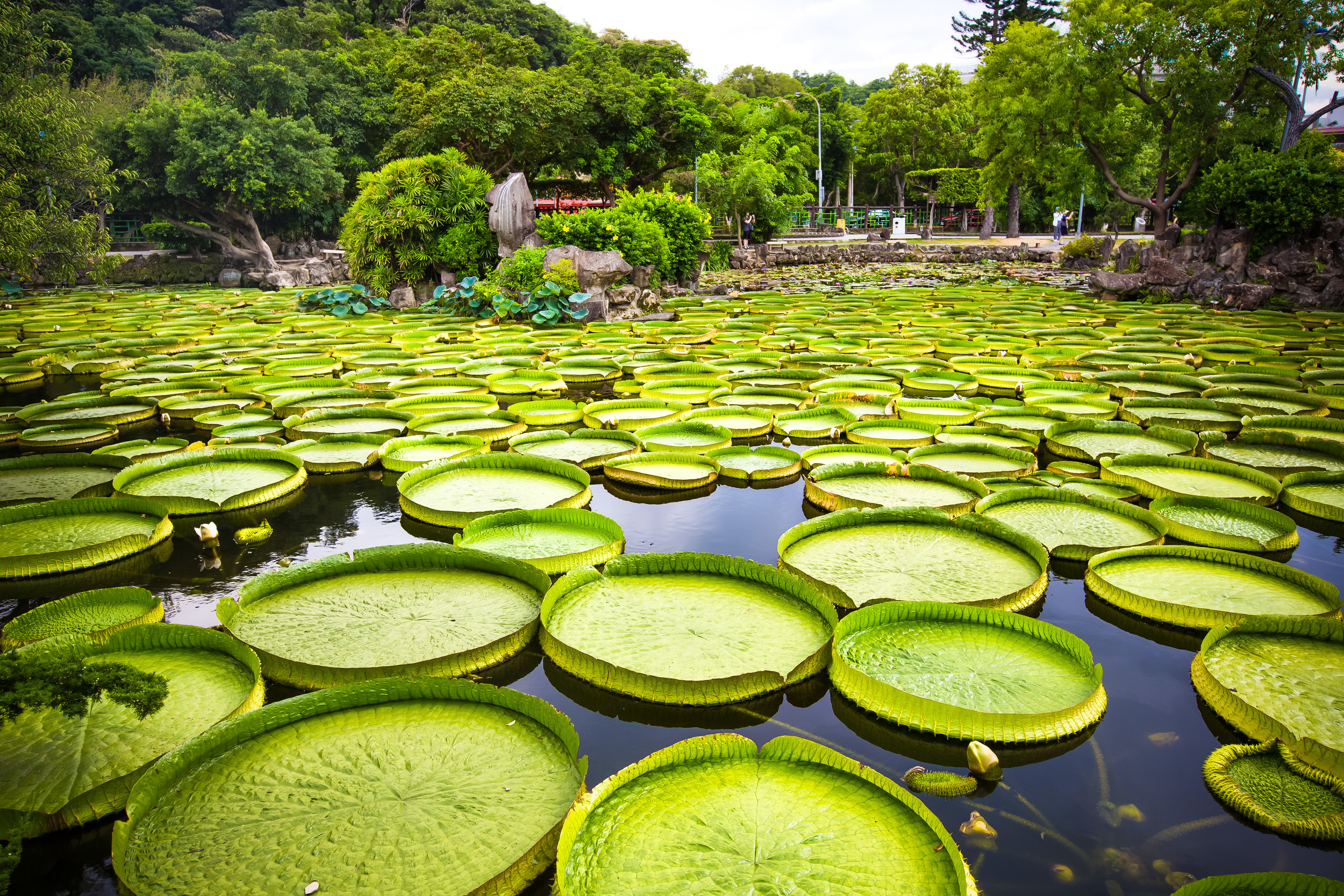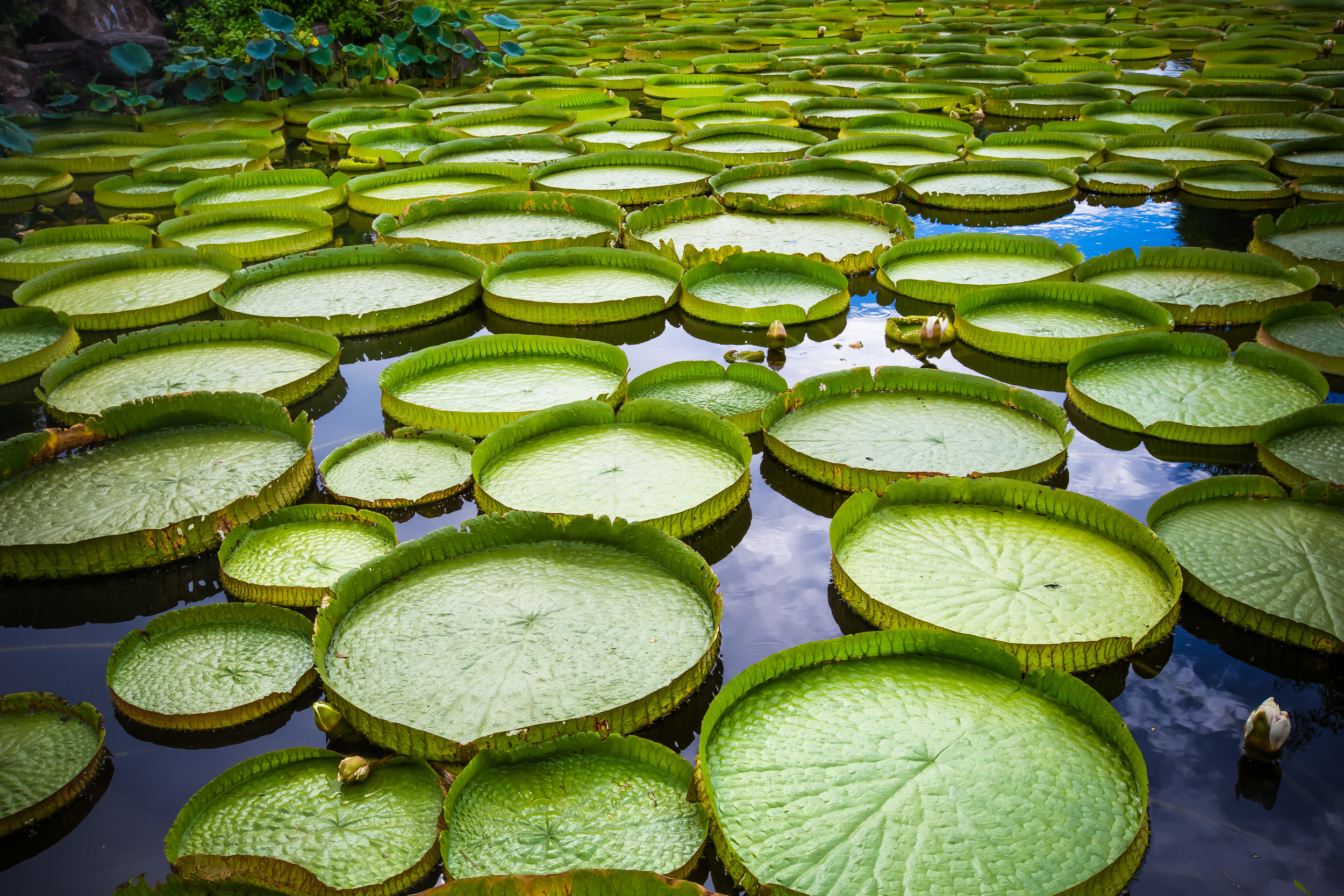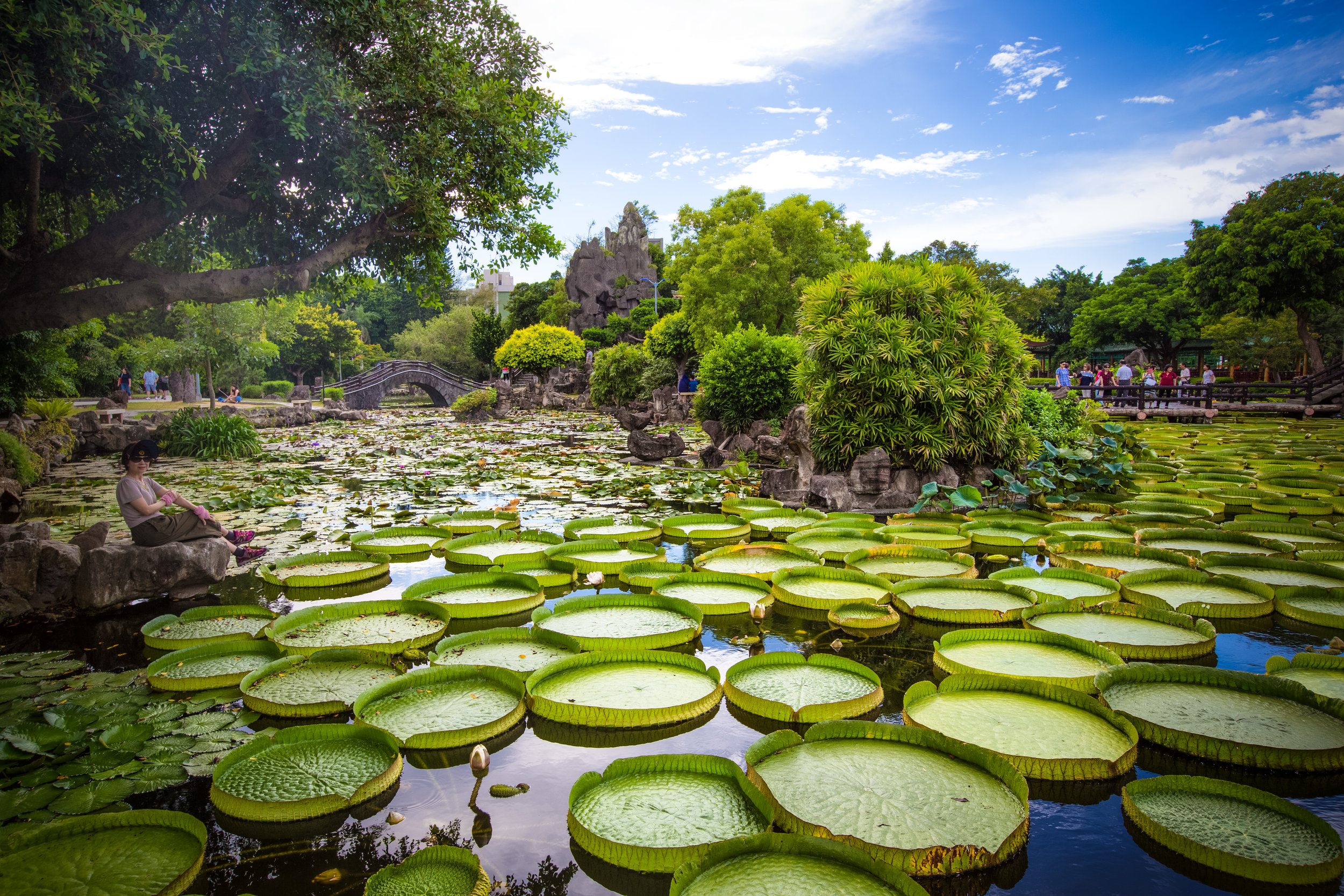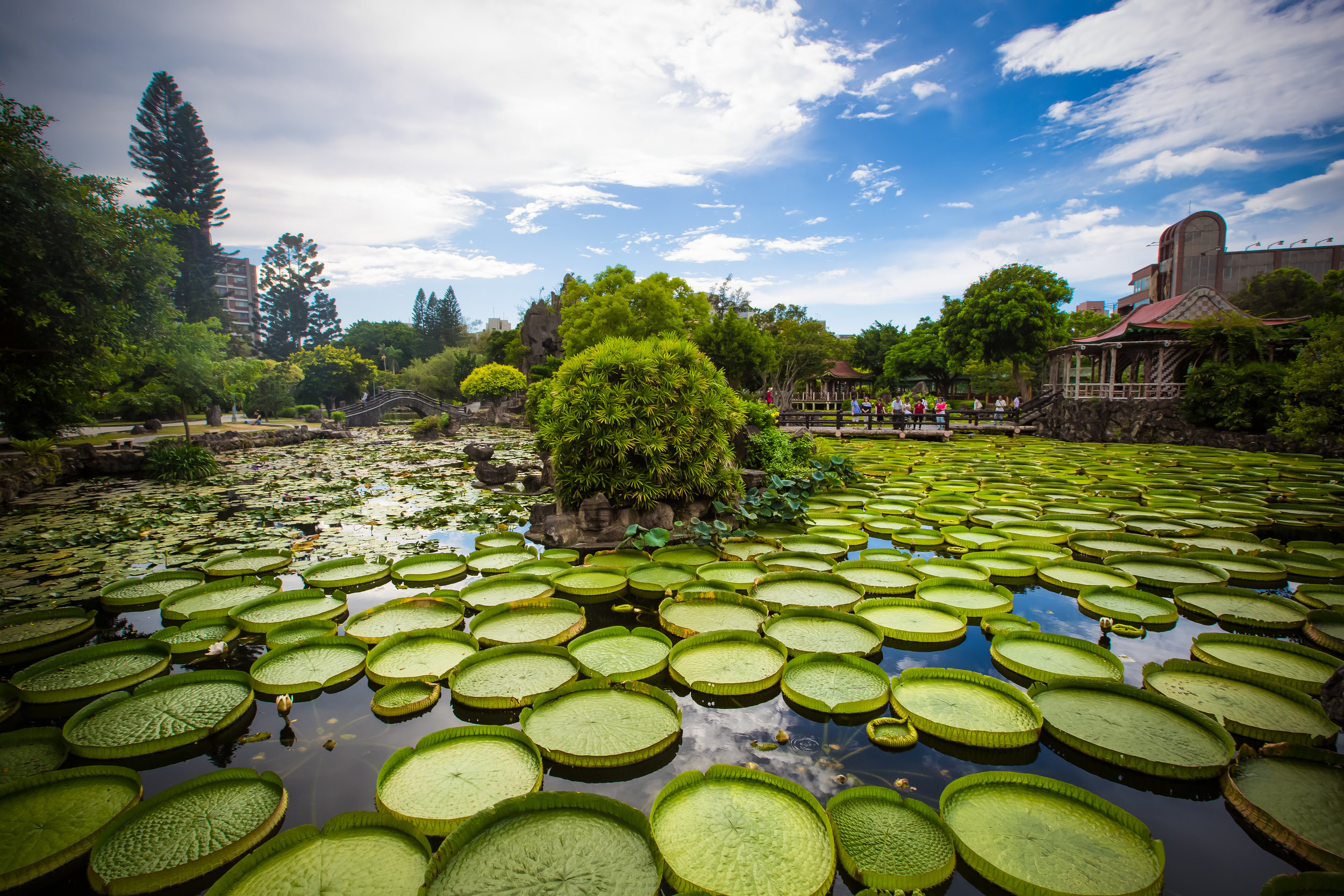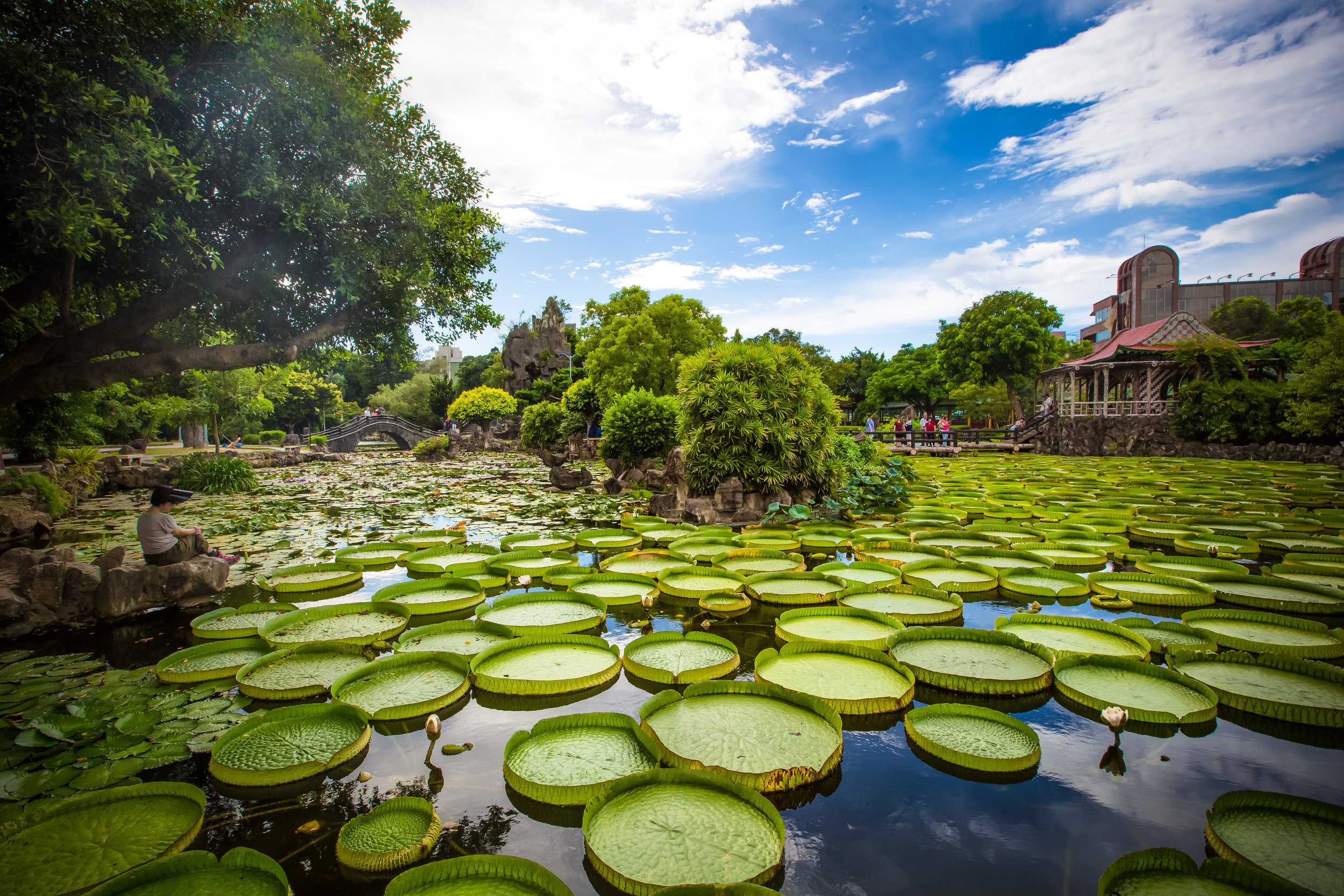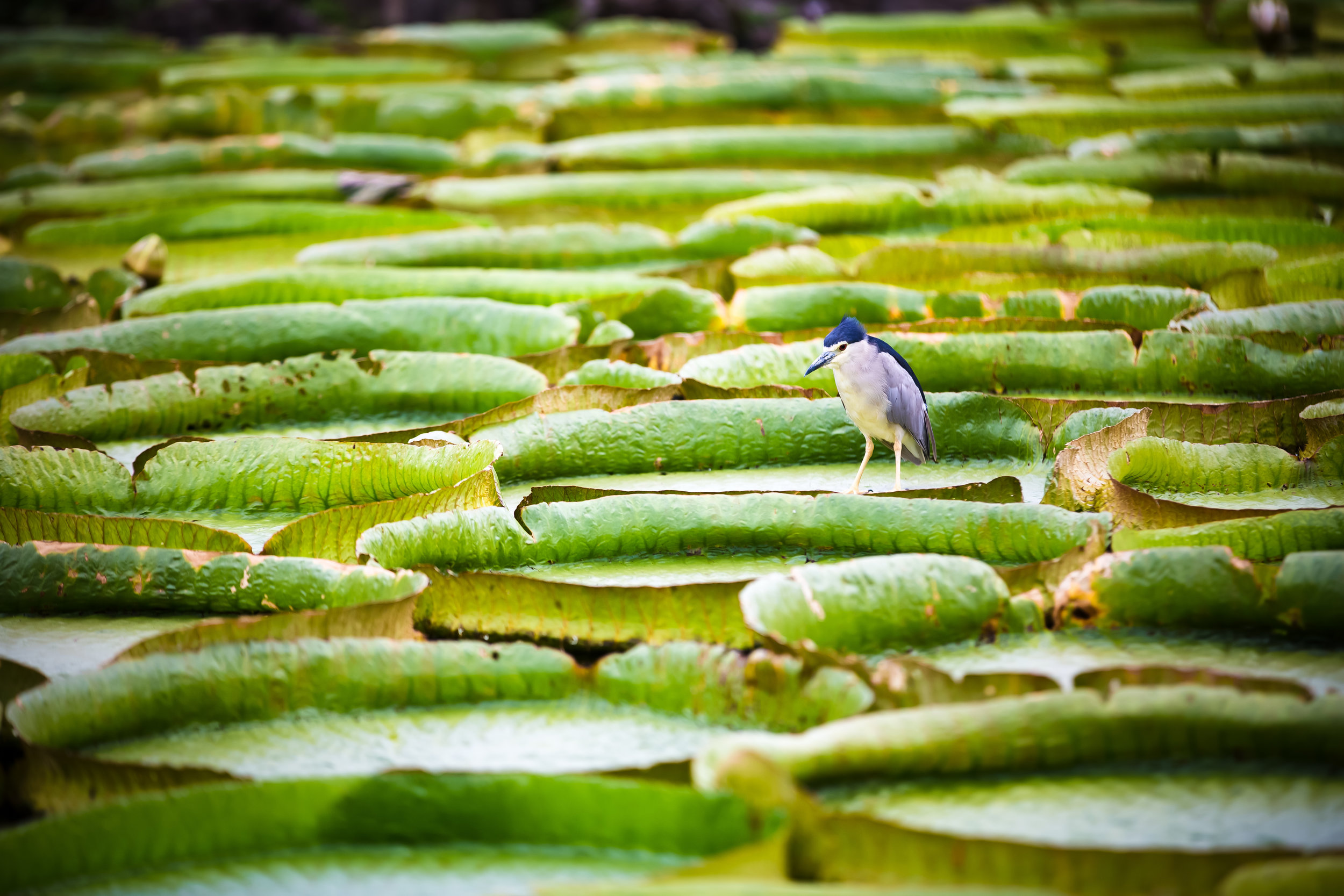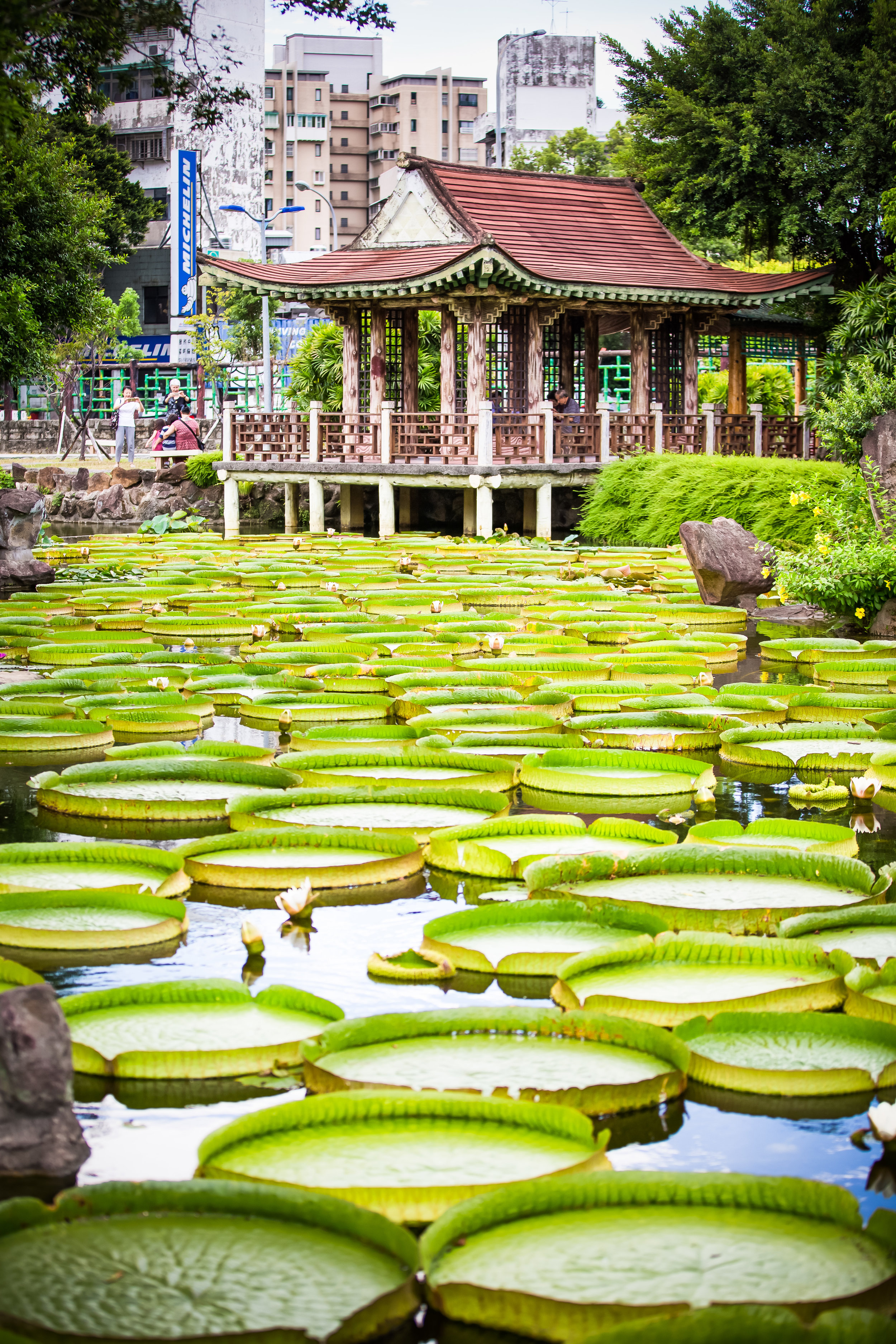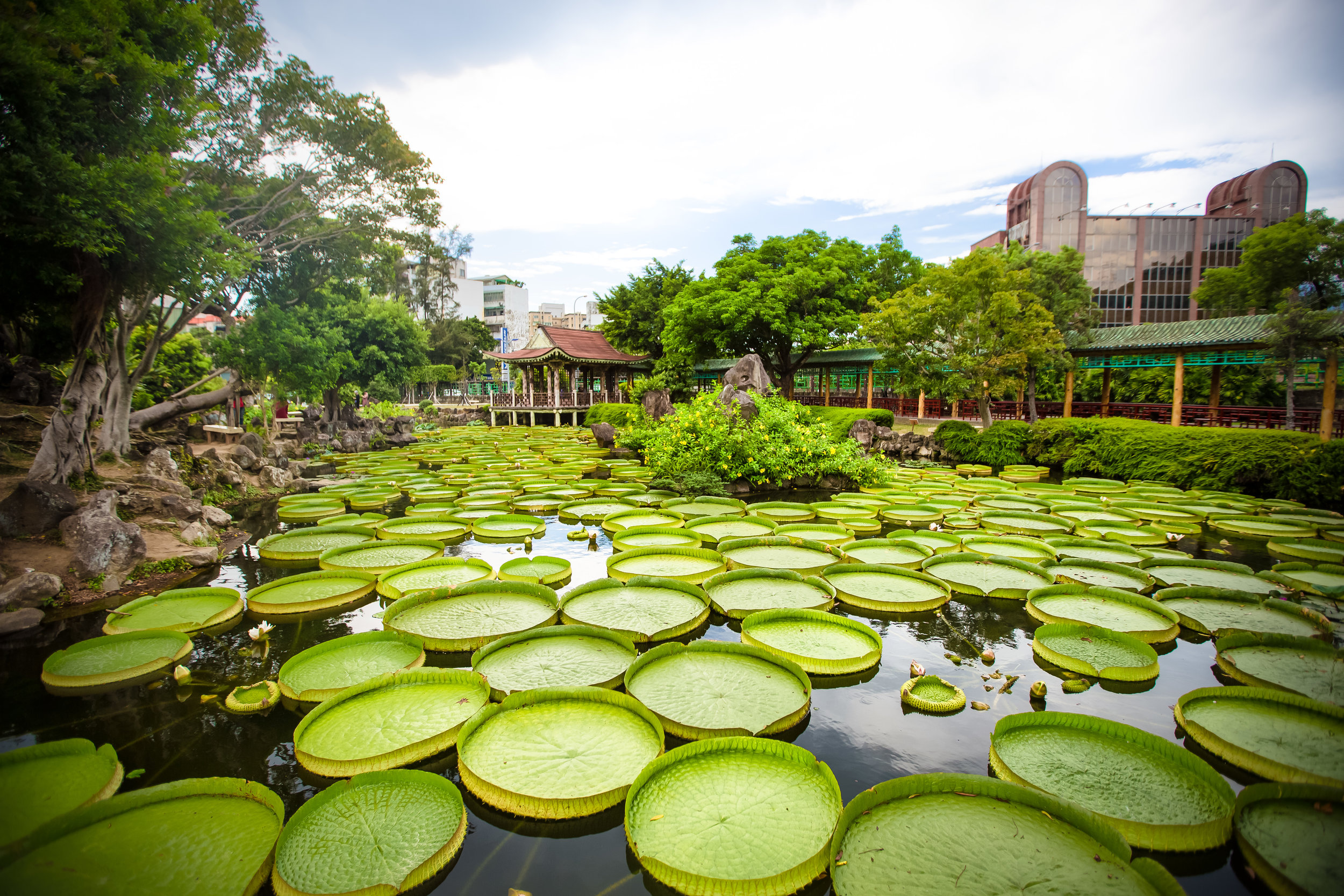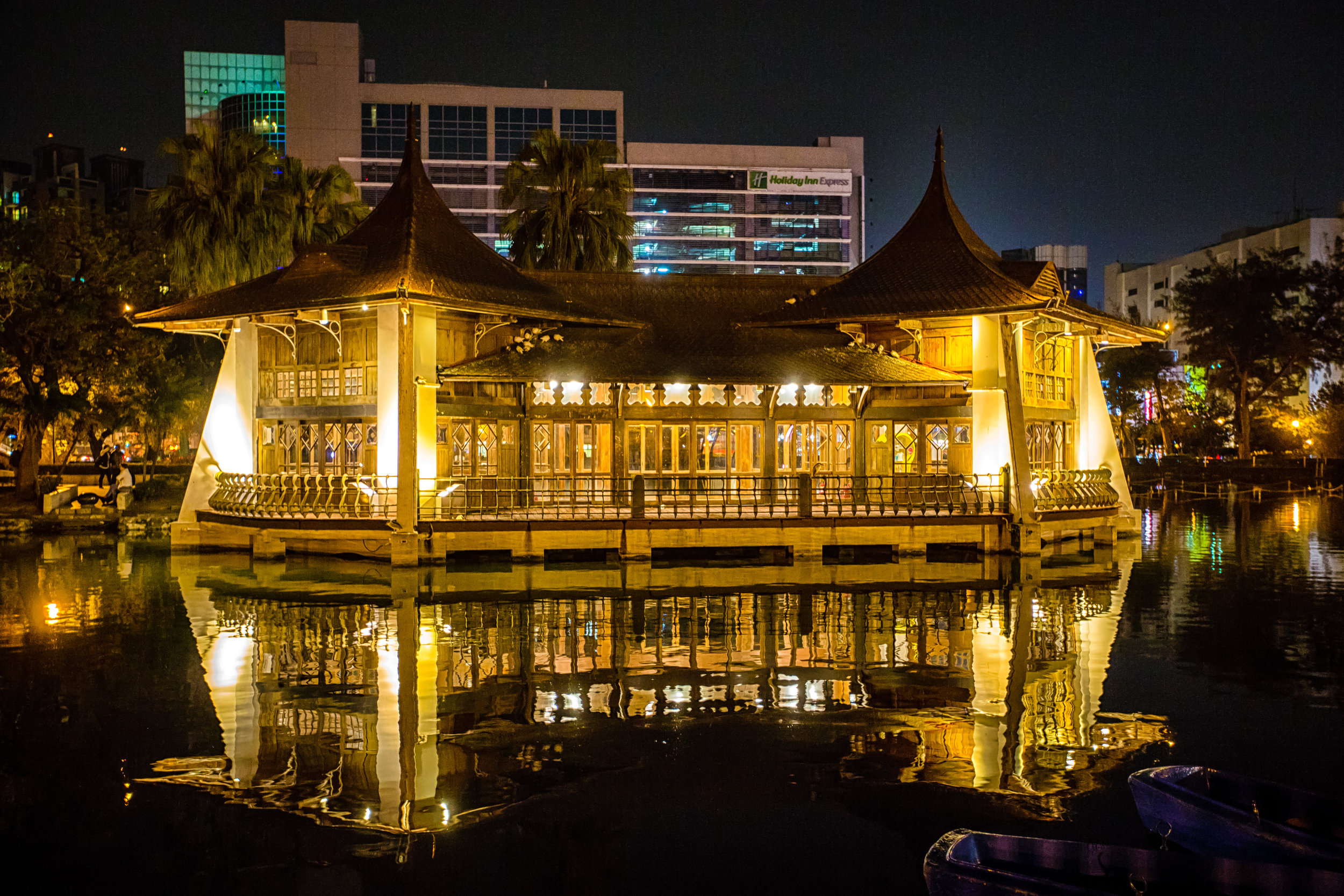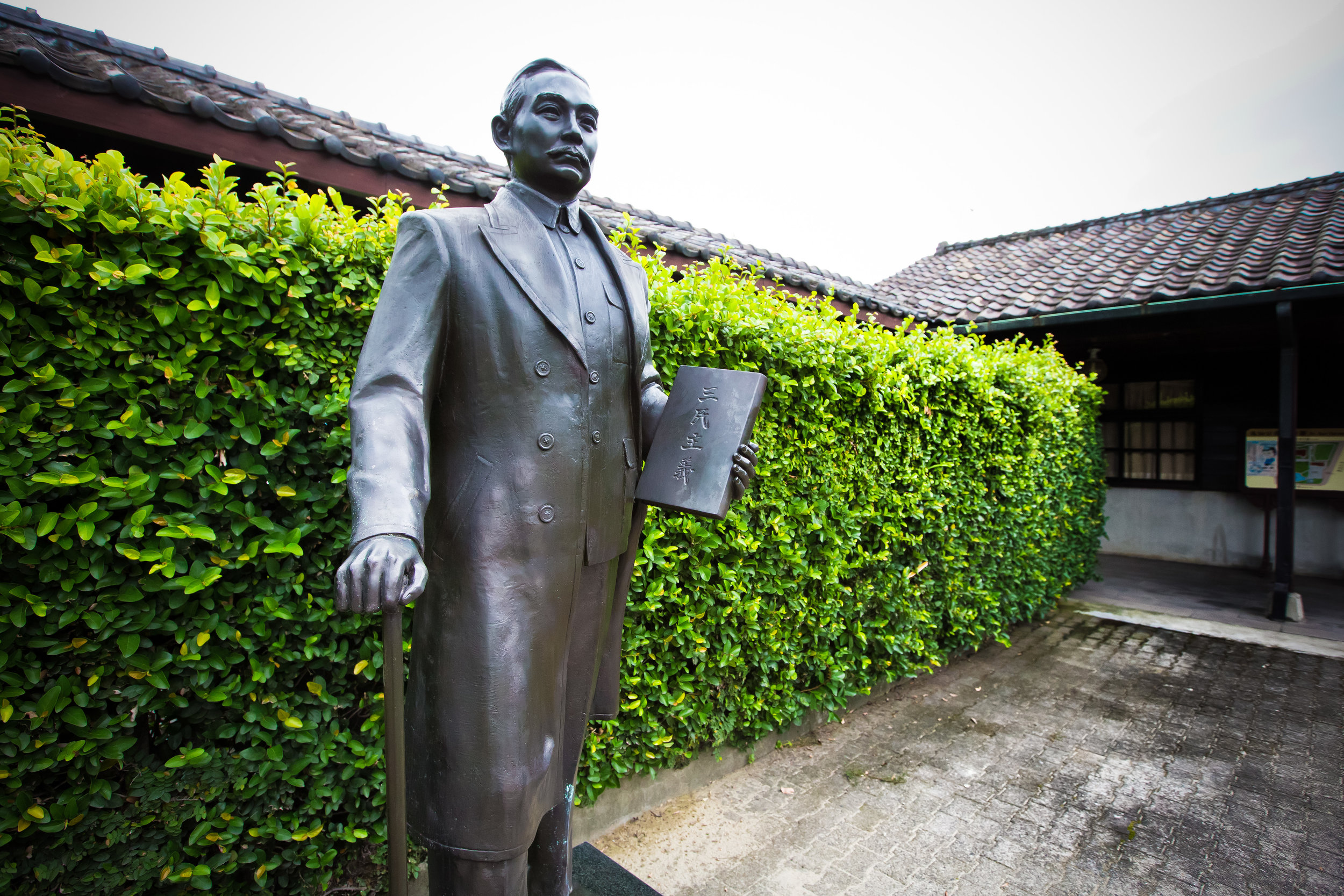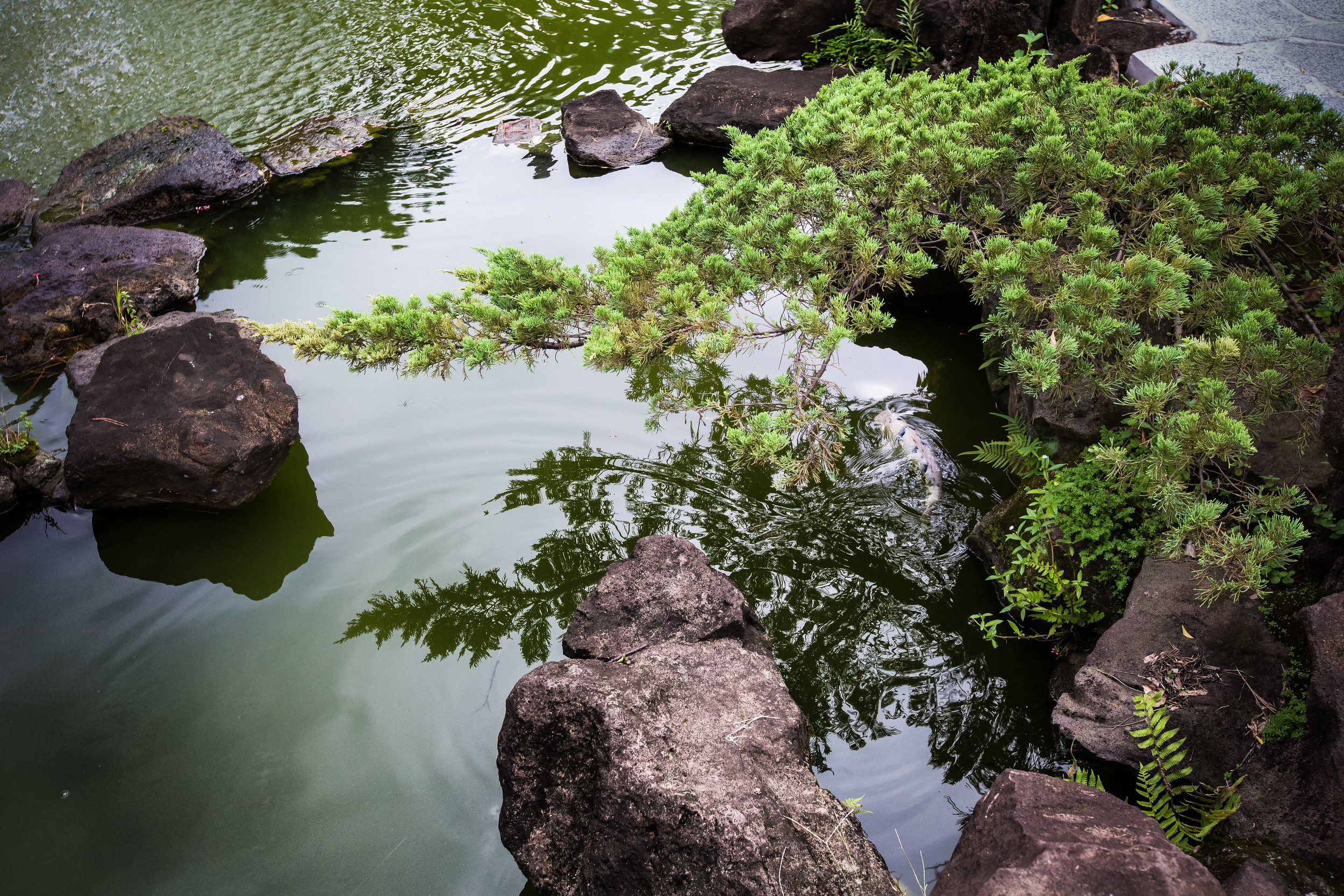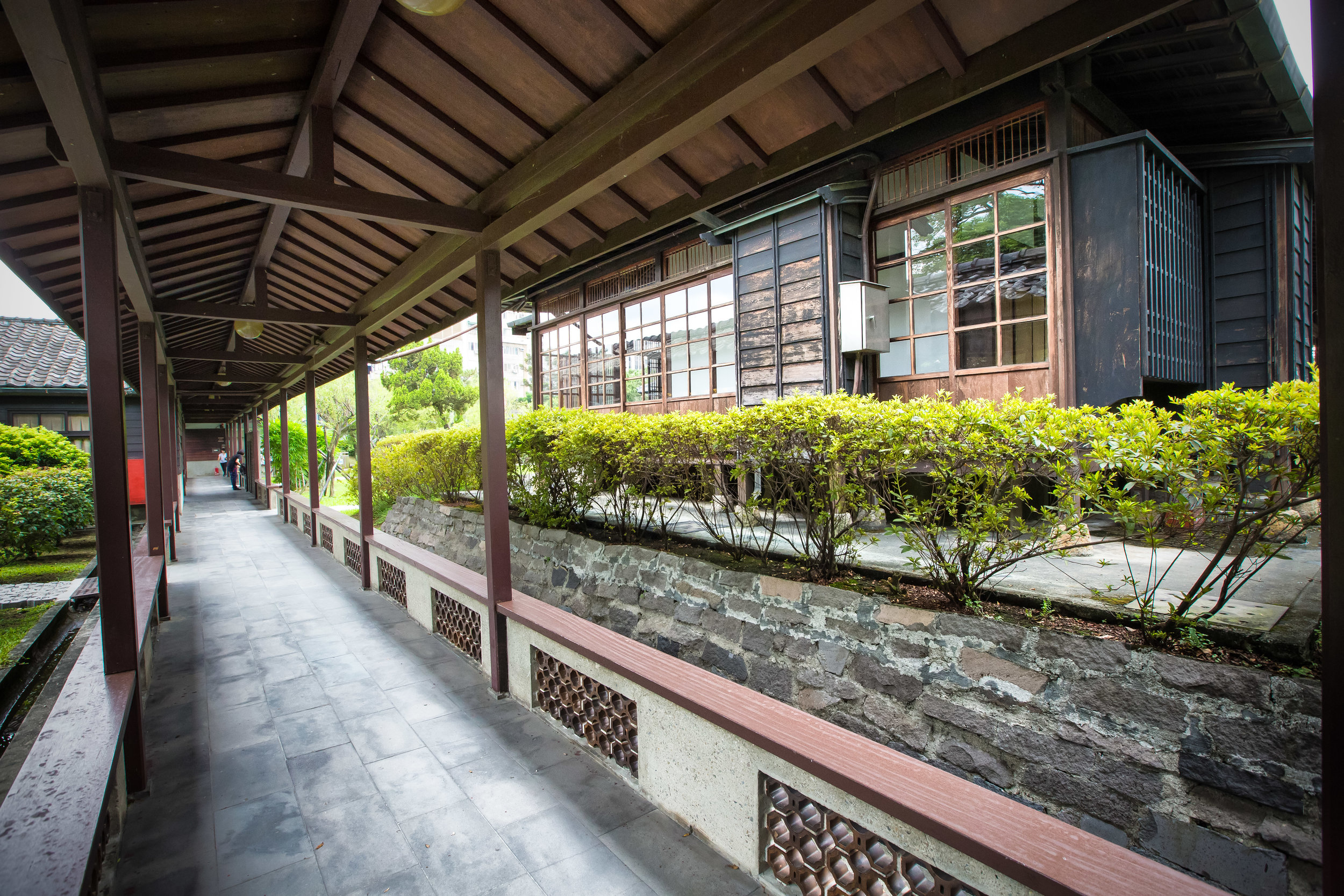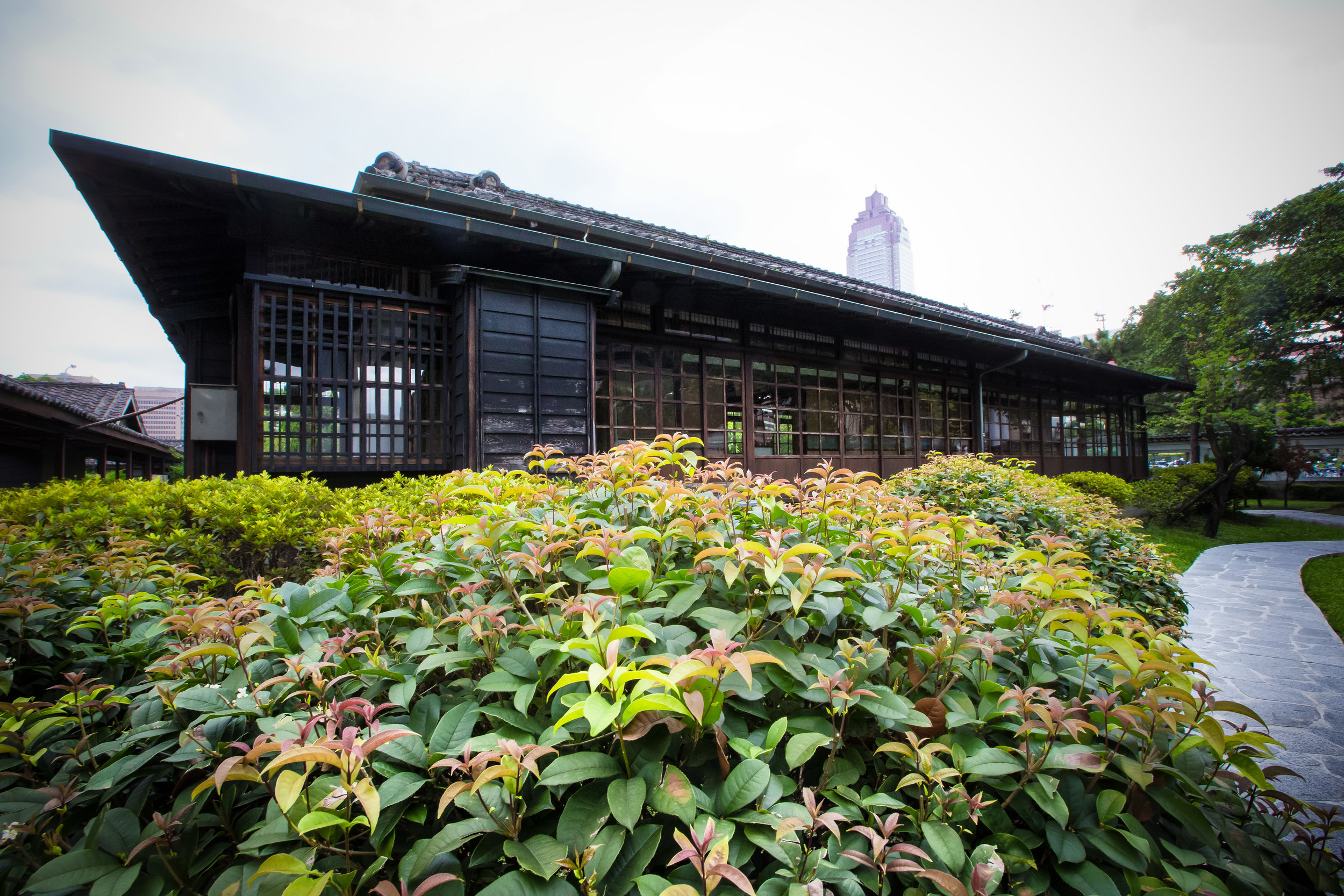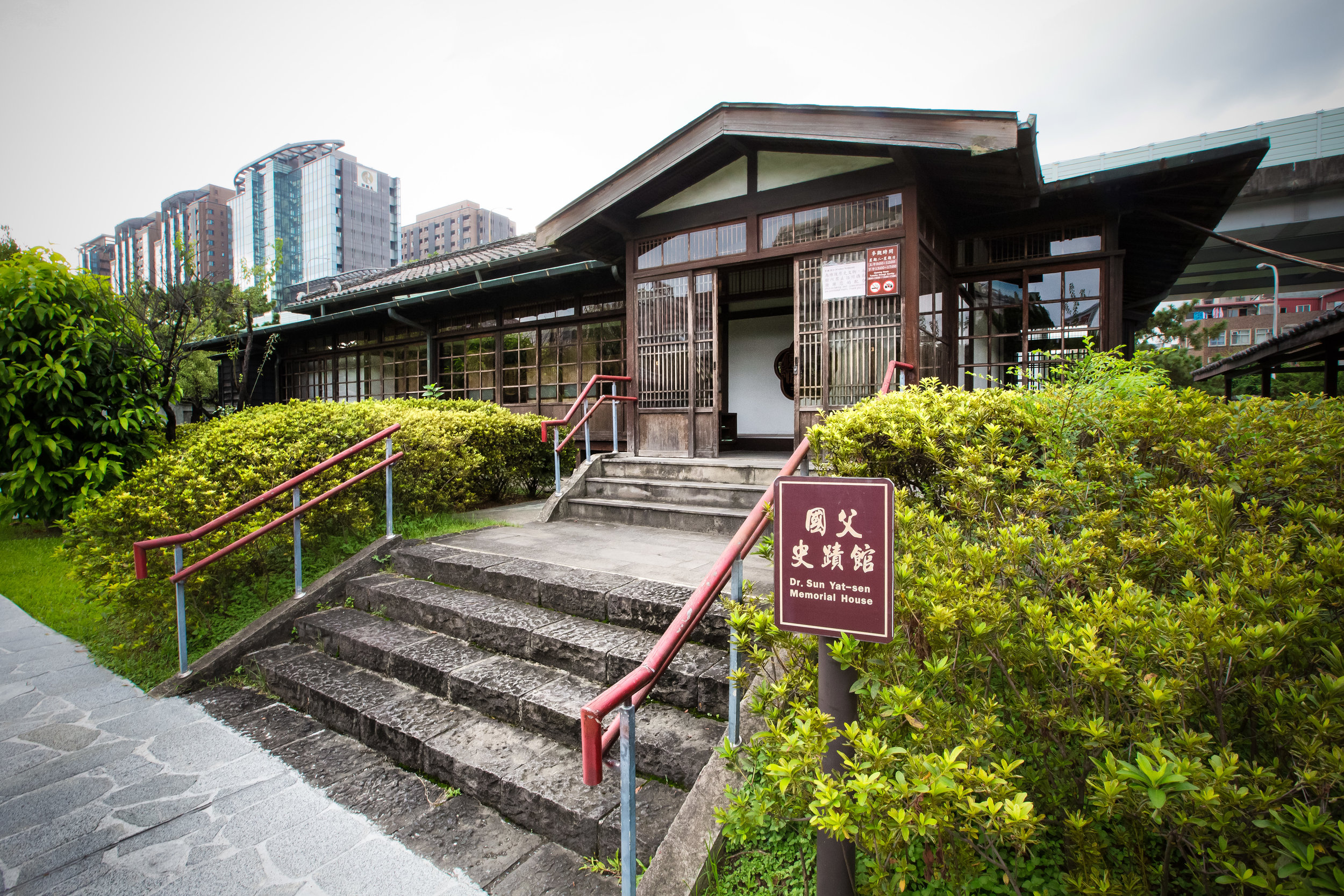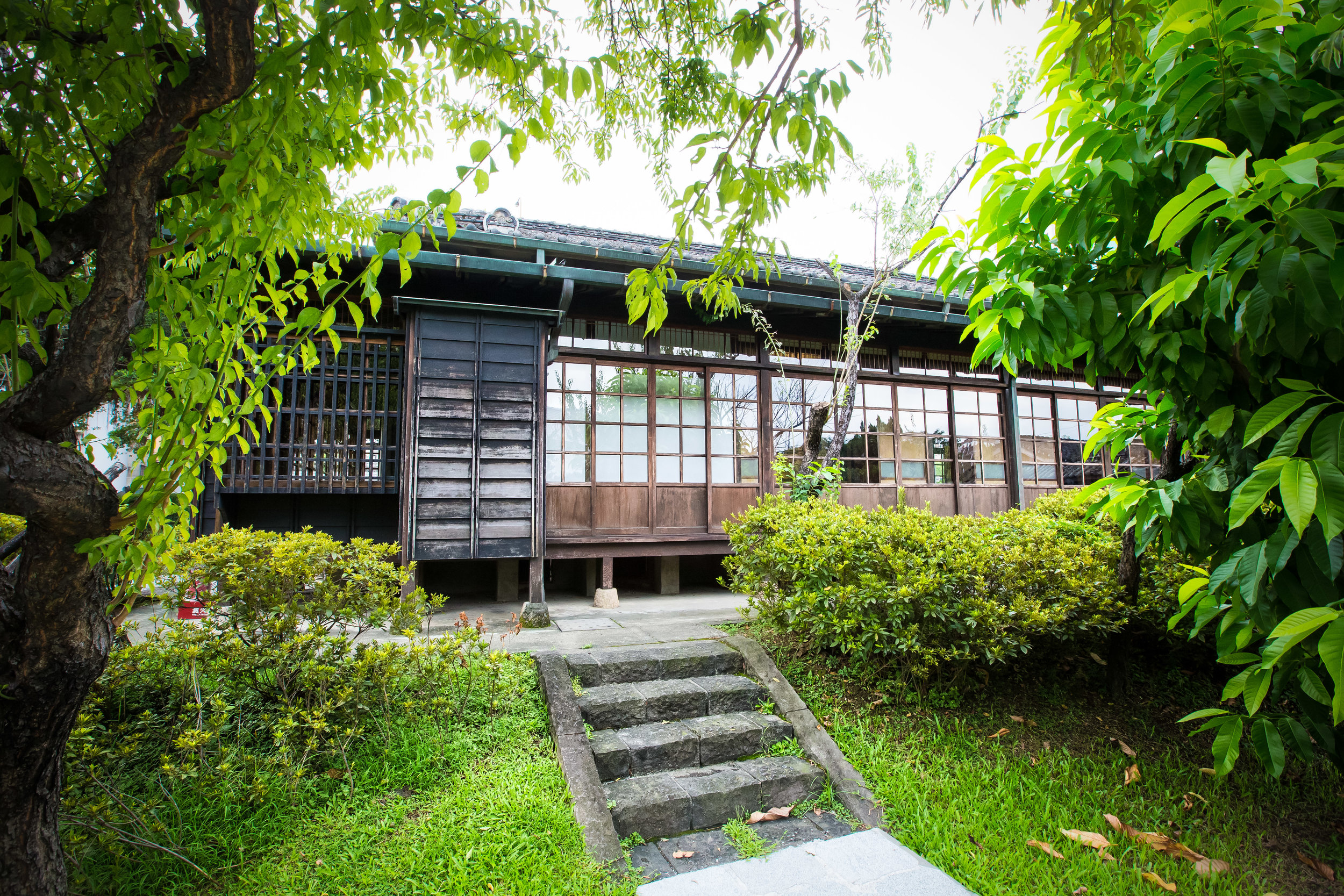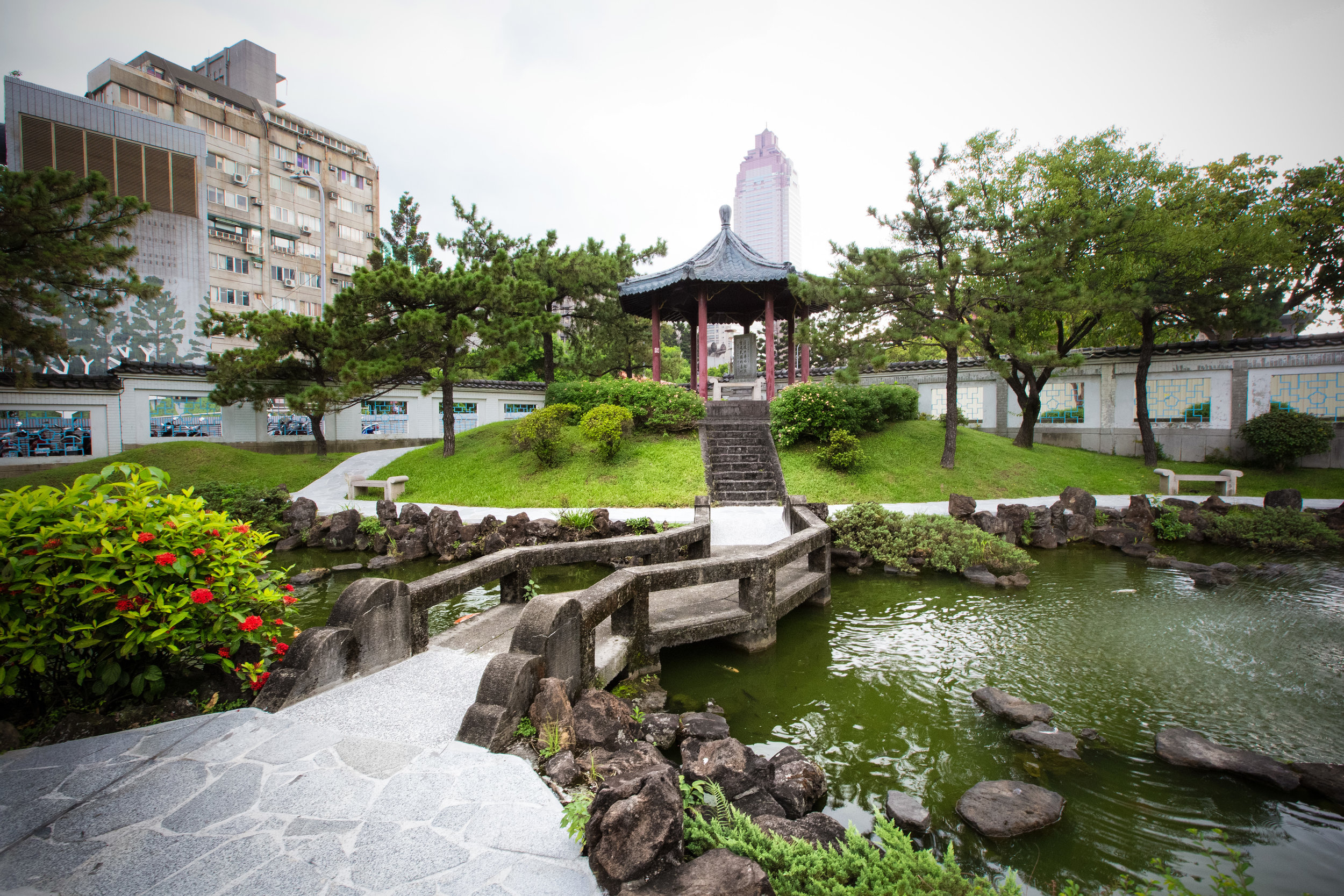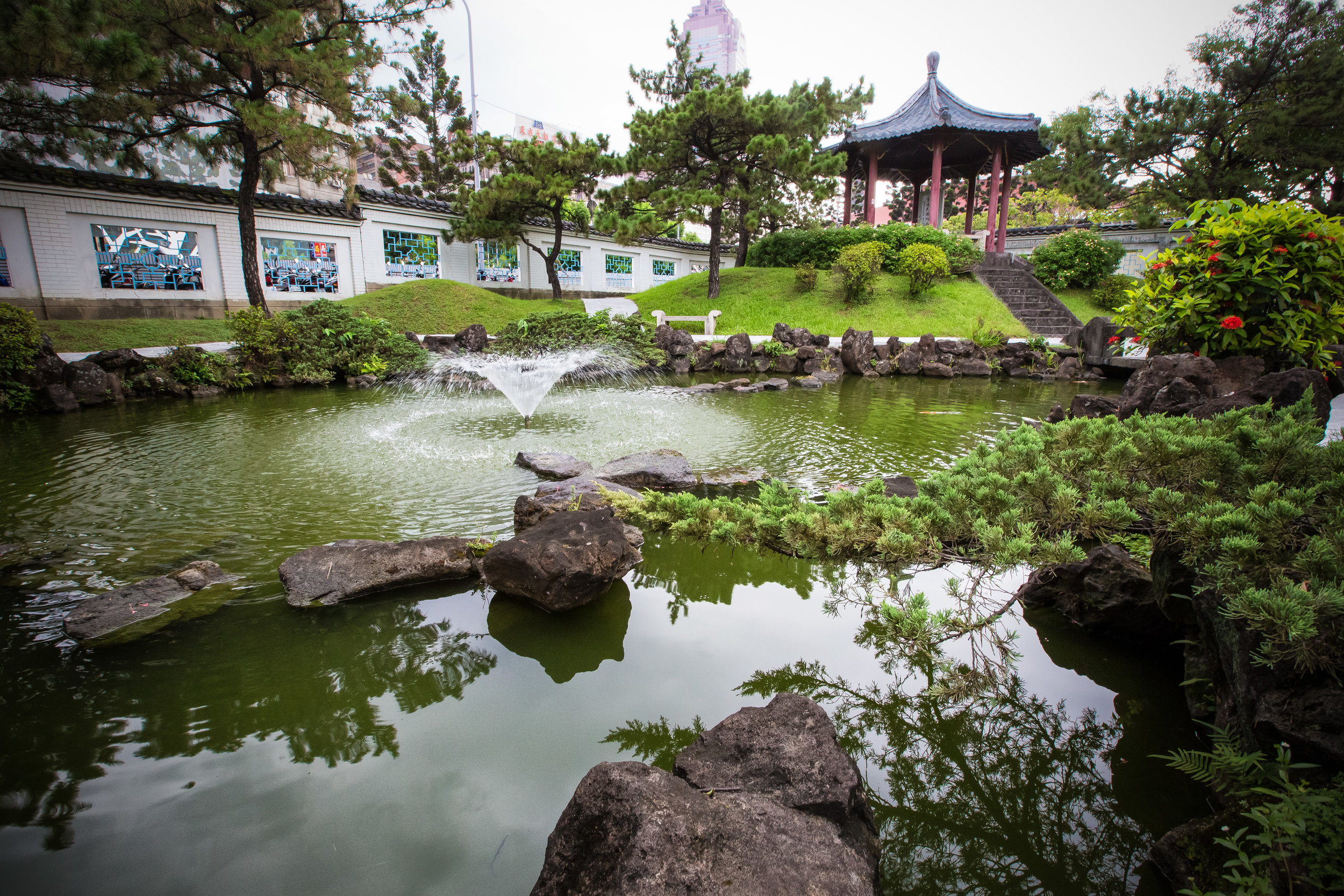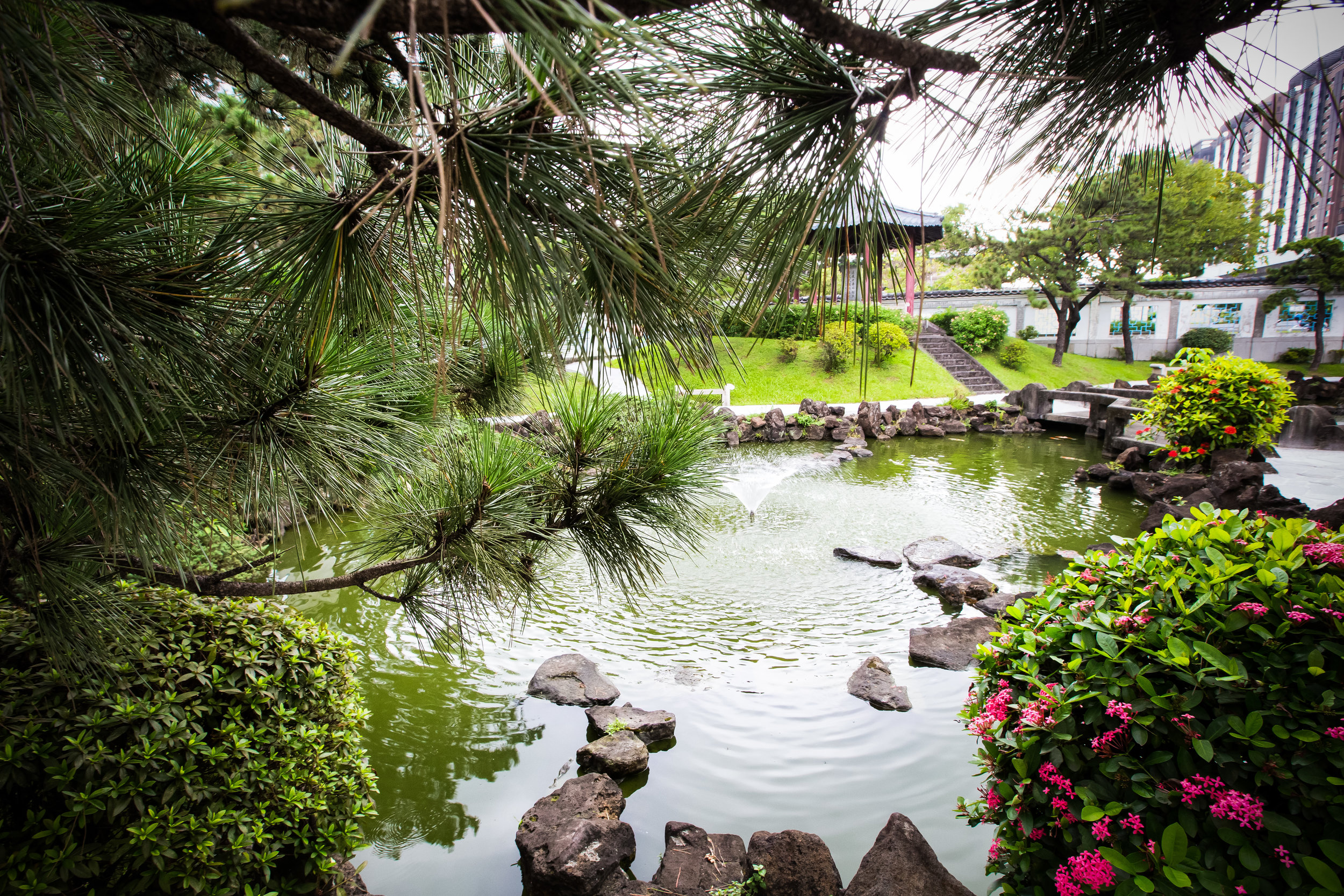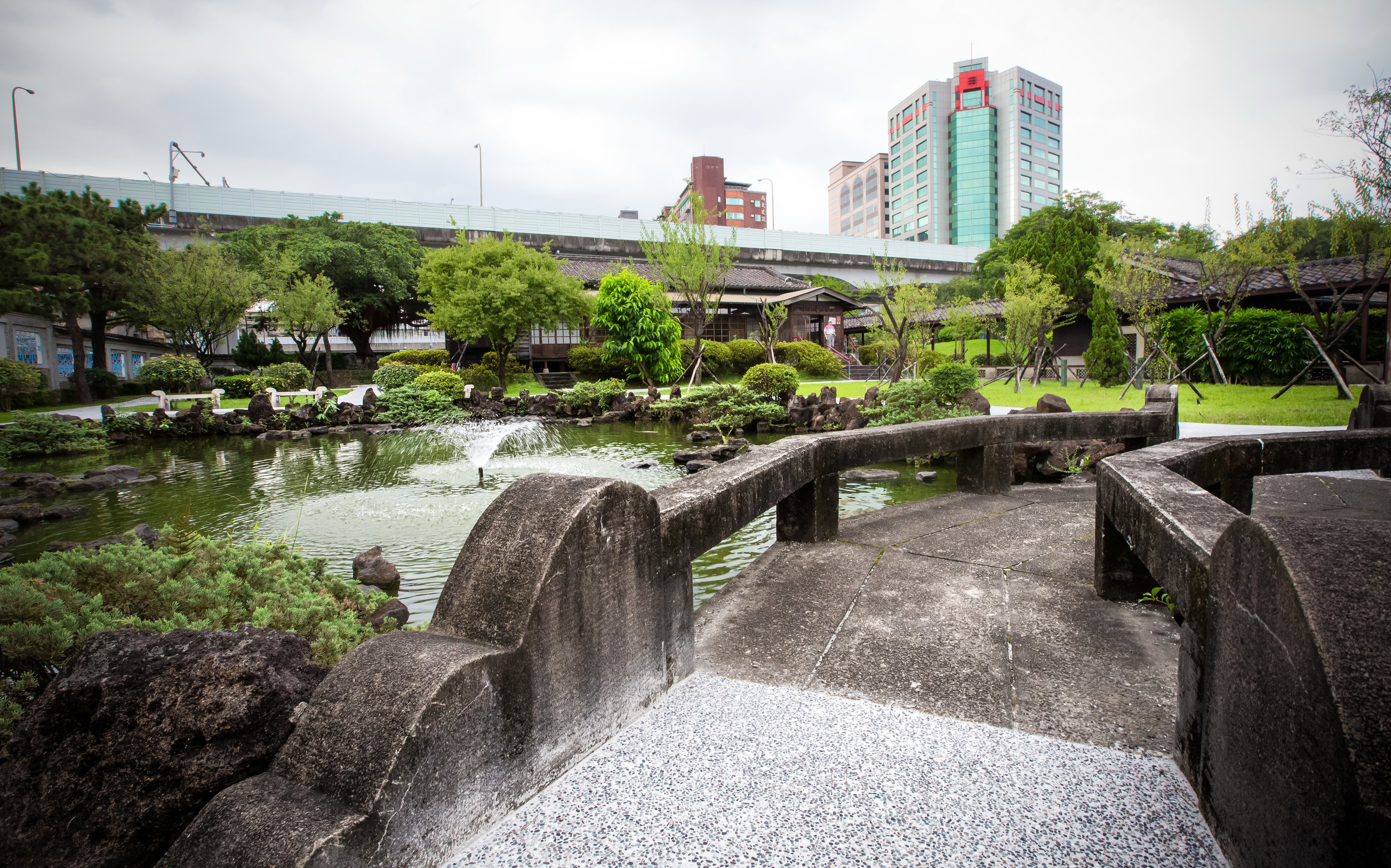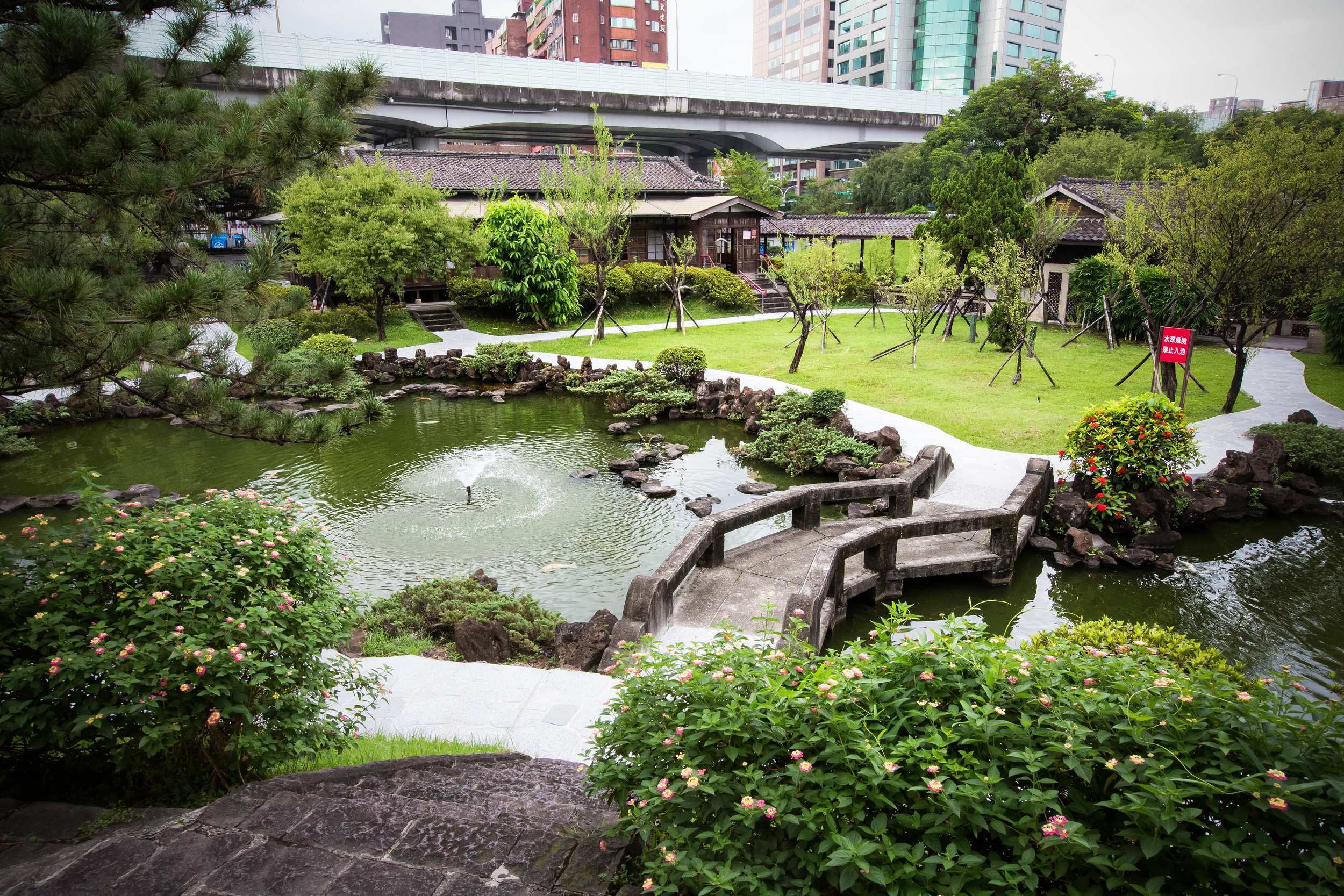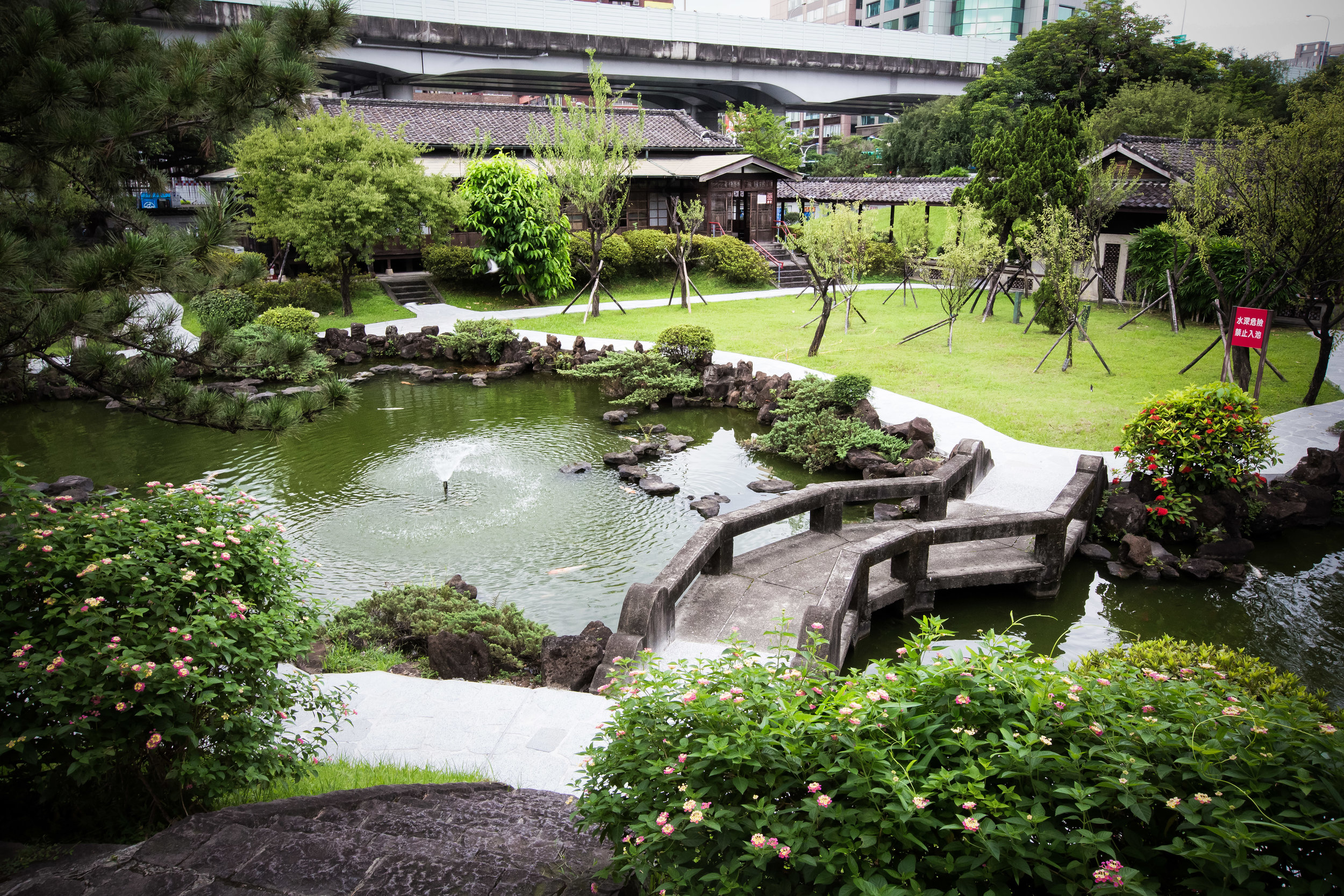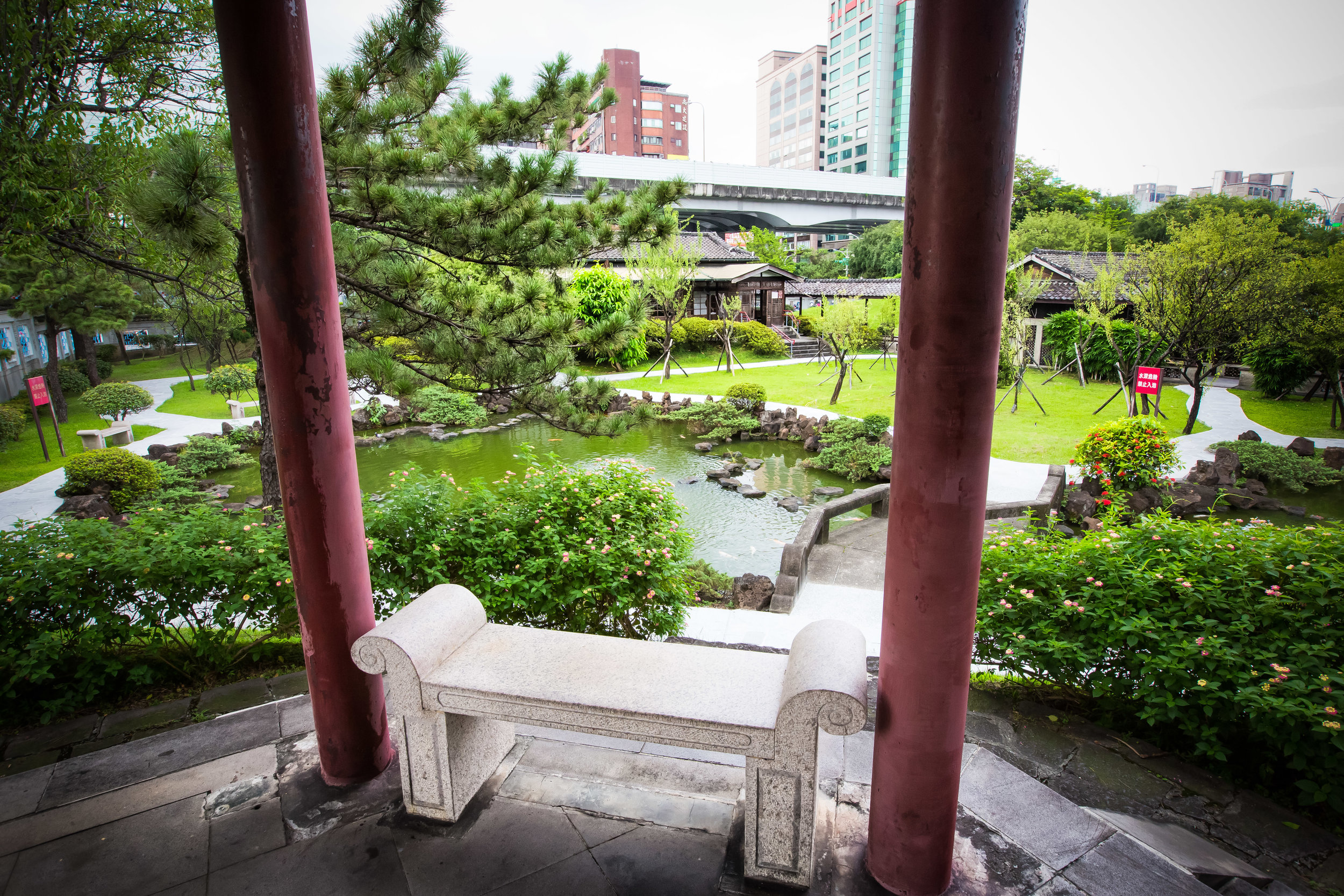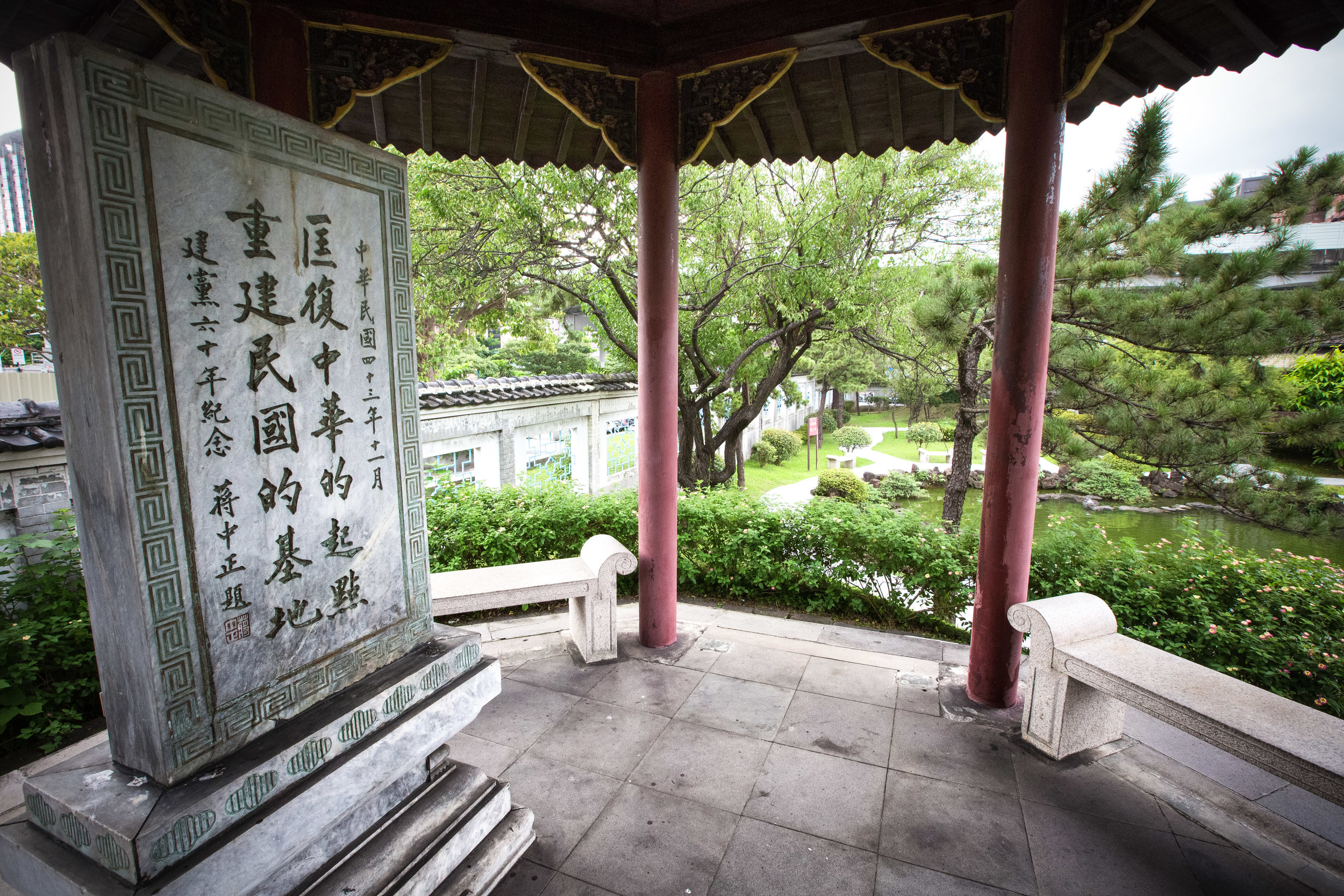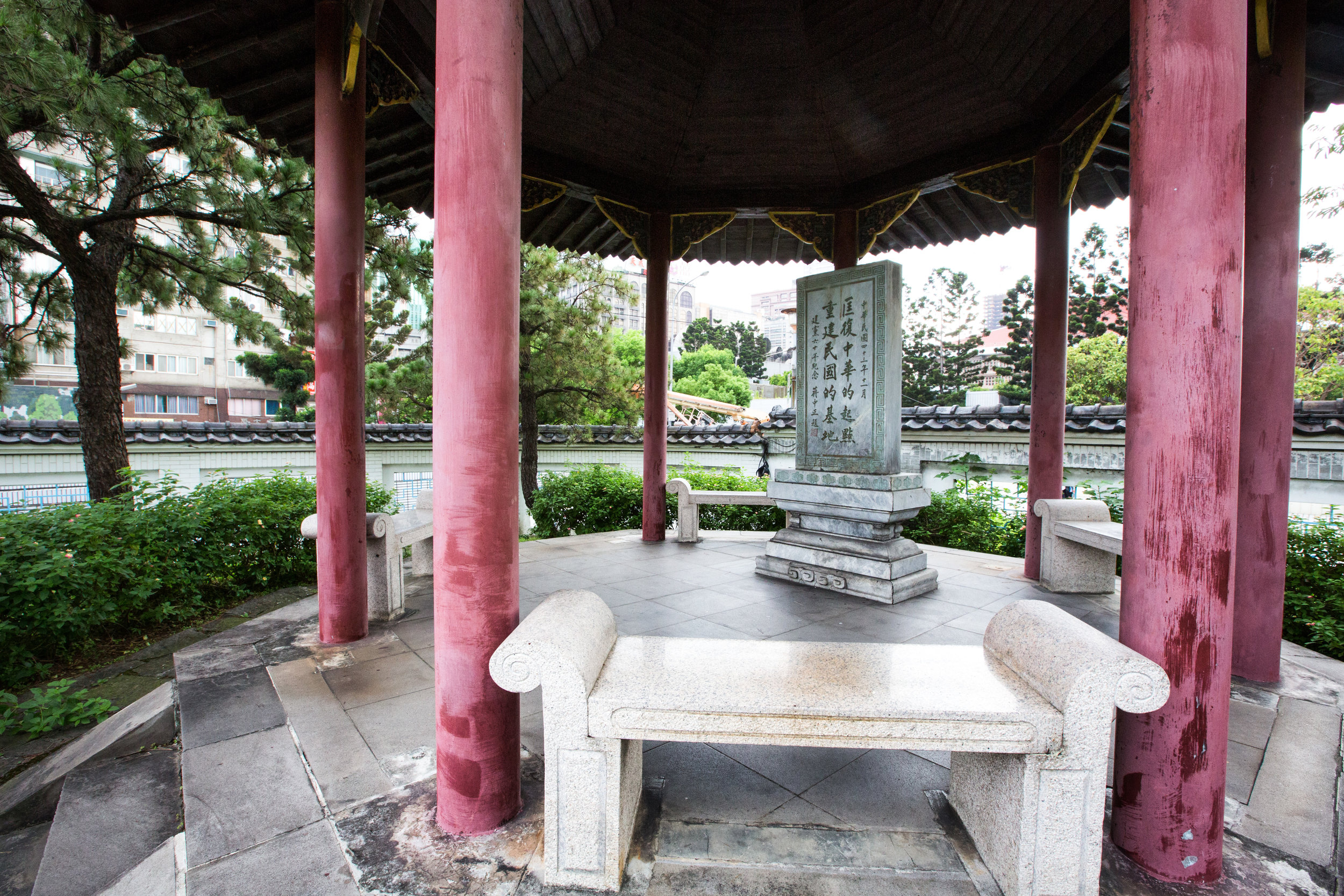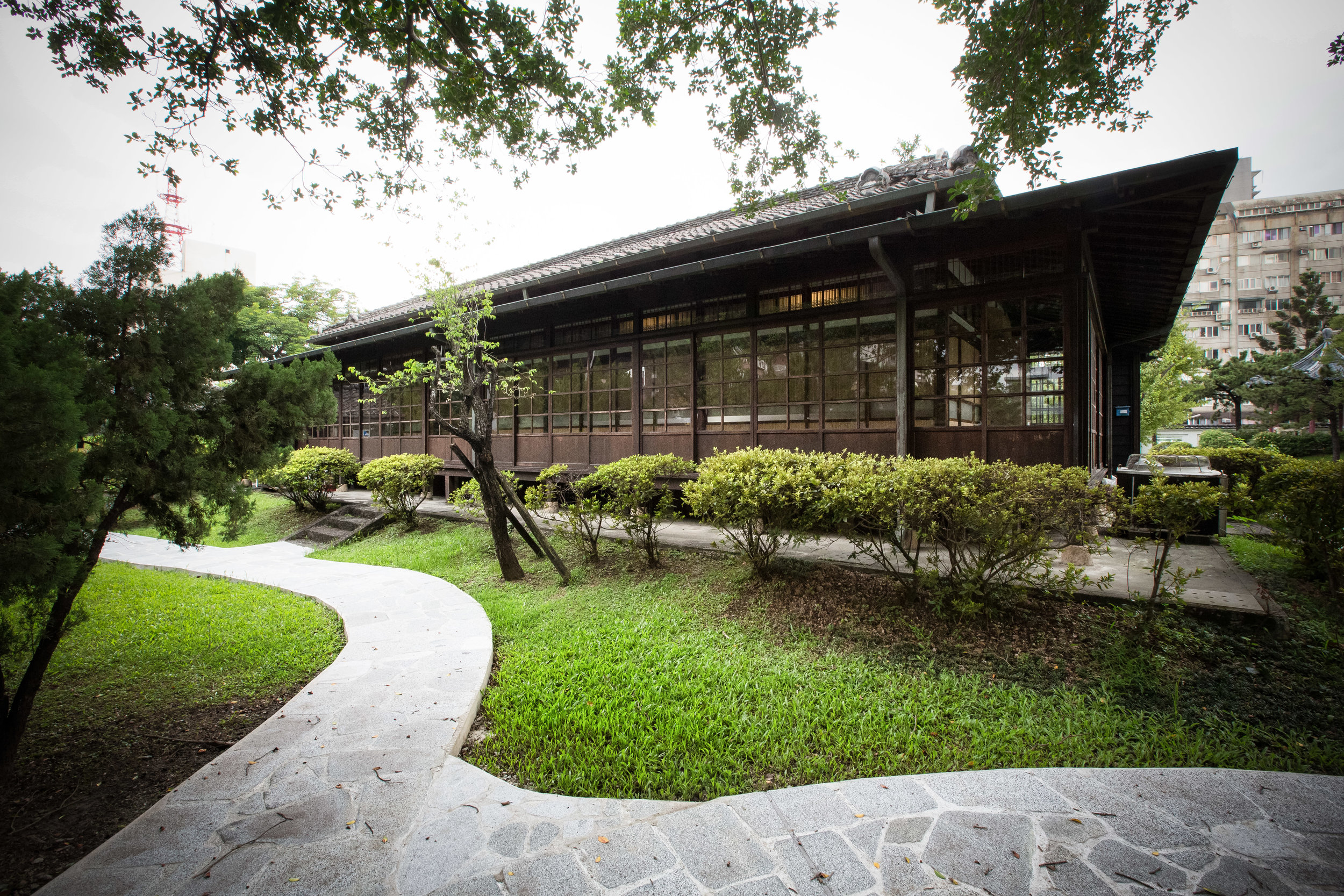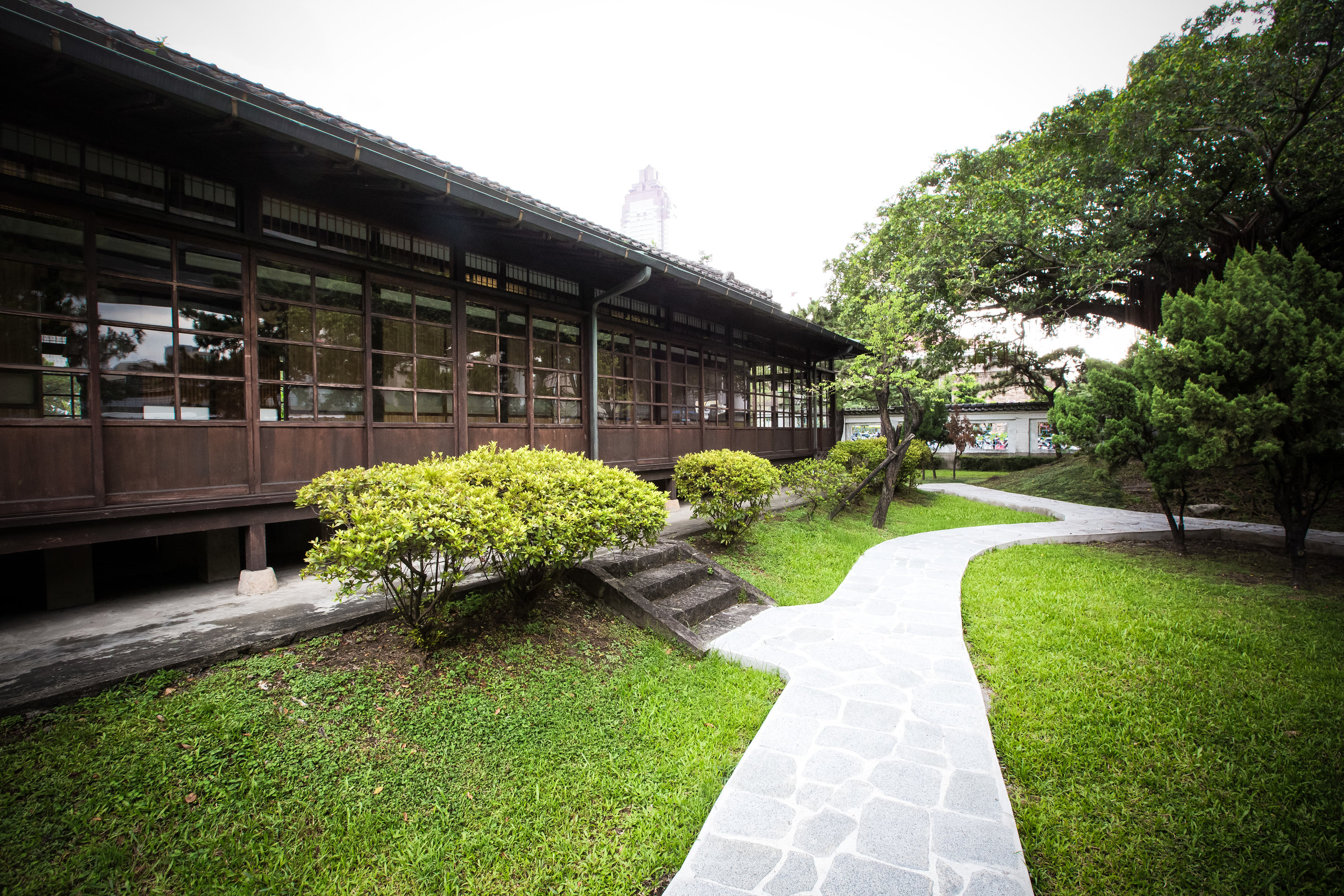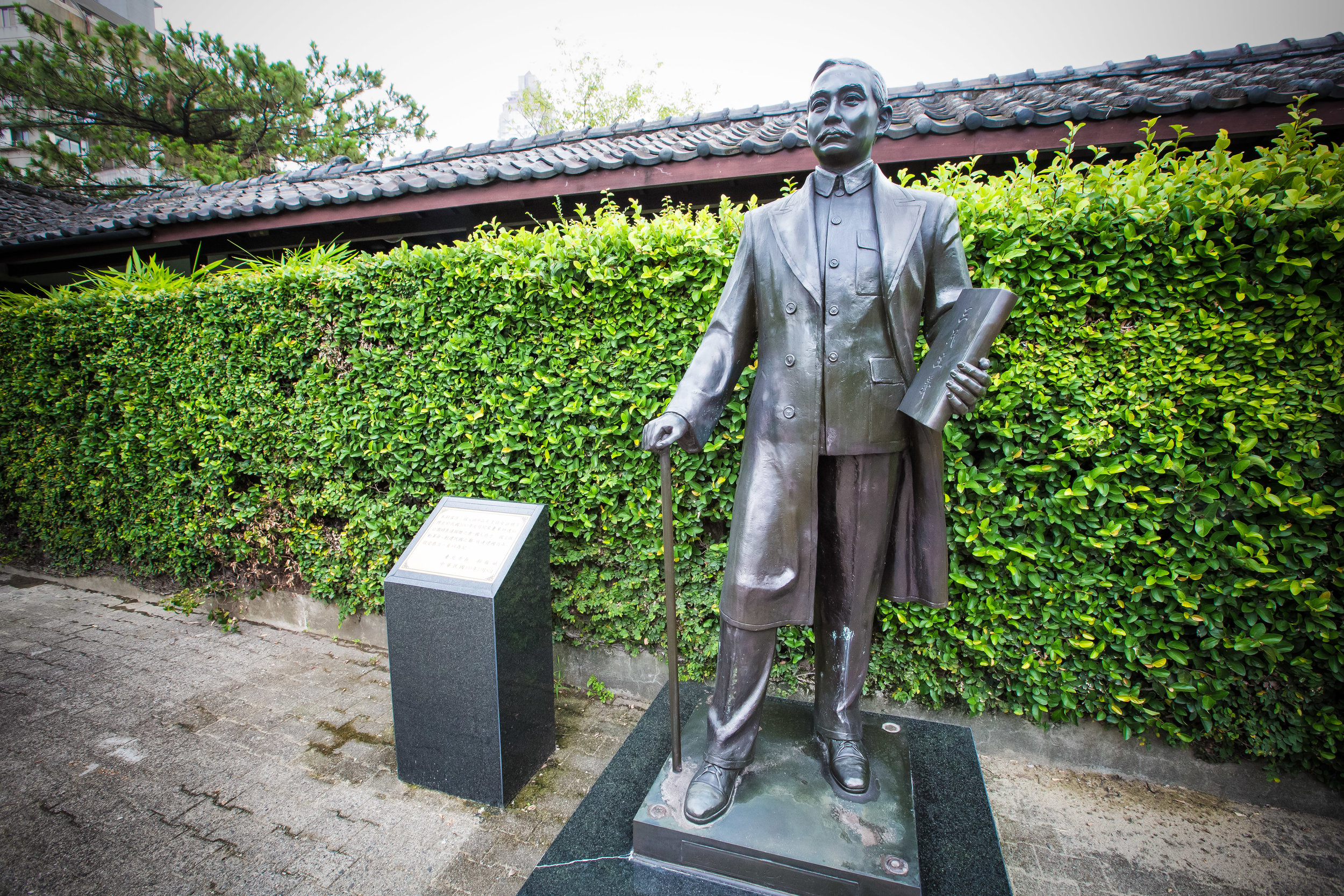Shuangxi Park and Chinese Garden is a two hectare park in Taipei City’s Shilin District situated between Chiang Kai-Shek’s former Shilin Residence (士林官邸) and the National Palace Museum (故宮博物院) at the base of Yangmingshan (陽明山).
The park features beautifully crafted pavilions, courtyards, arch bridges, zig-zag bridges and a man-made lake that is surrounded by a beautifully maintained landscape designed according to the standards of what you’d typically find in Southern China’s gardens and also with the concept of Feng-Shui in mind.
With all that being said though, the park isn’t a very popular tourist attraction and only really attracts local residents who want to enjoy a bit of the outdoors near their homes.
That is however until the Taipei City Government filled the lake with the giant lily-pads as part of their effort to show the beauty of Taipei during the Summer University Games that were held in late August.
Before I start I should probably mention that quite a few people mix up Water Lily's and Lotus flowers and think that they are the same thing. While they are both beautiful aquatic flowers, the lotus is one that stands high above the surface of the water and has those scary-looking seeds. Water Lily’s on the other hand float peacefully on the surface of the water and have big ugly lily-pads around them.
In actuality these giant lily-pads at Taipei’s Shuangxi Chinese Garden and Park (雙溪公園) have been all-the-rage as of late with lots of photographers, models and even the mayor of Taipei descending upon the grounds to get photos of the small lake filled to the brim with these giant lily-pads (大王蓮).
When I parked my YouBike at the entrance of the park one of the first things I noticed was that there was a well-known local Instagrammer at the gates. We had never met before but we both live in Taoyuan, so instead of walking up to her like a creep, I sent her a message and said hello to be polite.
When I entered the park and got my first look at the lily-pads I was kind of amazed - Not only was the lake completely full of them but they completely covered almost every part of the lake making it seem as if there wasn't actually even any water in it.
These giant water lily-pads which are native to tropical regions of South America are not endemic to Taiwan, so their appearance over the past few years in Taiwan has been one that has attracted a lot of people in any of the locations that have featured them.
Since 2013 the lily-pads have been cultivated in Taoyuan and Tainan as part of their respective Lotus Festivals which take place every summer when the flowers are in bloom. In 2013 and 2014, the giant lily-pads made their first appearance in Taipei but only appeared again after a three year hiatus this summer.
The giant lily-pads which can reach widths up to 130 centimetres are delicate and it takes a lot of effort to cultivate them but when they are fully grown they are known for their ability to sustain heavy objects.
The ability to stand or sit on the giant lily-pads makes for quite a unique photo opportunity and if you know anything about Taiwan you’ll know that there are obviously going to be lines of internet models, old ladies and families wanting to take their turn to take a photo on these lily-pads.
I’m not particularly sure how long these lily-pads will last, so if you’re free any time in the next few weeks you may want to take the opportunity to visit the park to check them out before they disappear again.
Map / Location
Address: Intersection of Fulin Rd. and Zhishan Rd. (台北市士林區福林路與至善路交叉口)
You can take a bus to the park if you want but its actually just a short ten minute walk or less than a five minute Youbike ride from Shilin MRT station (士林捷運站). When I arrived at Shilin Station, I just grabbed a Youbike and parked it outside of the park and then rode it back.
If you prefer to take a bus however, leave Shilin Station through Exit and from there take bus 206, 255, 303, 304, 620, R4 or R30 to the Taibei High School Stop (泰北高中站). It is a short walk from there.
Since you’re going to be walking either way I think you might as well just walk or ride a bike from the MRT station instead of waiting around for the bus, but it's really up to you!
Gallery / Flickr (High Res Shots)

